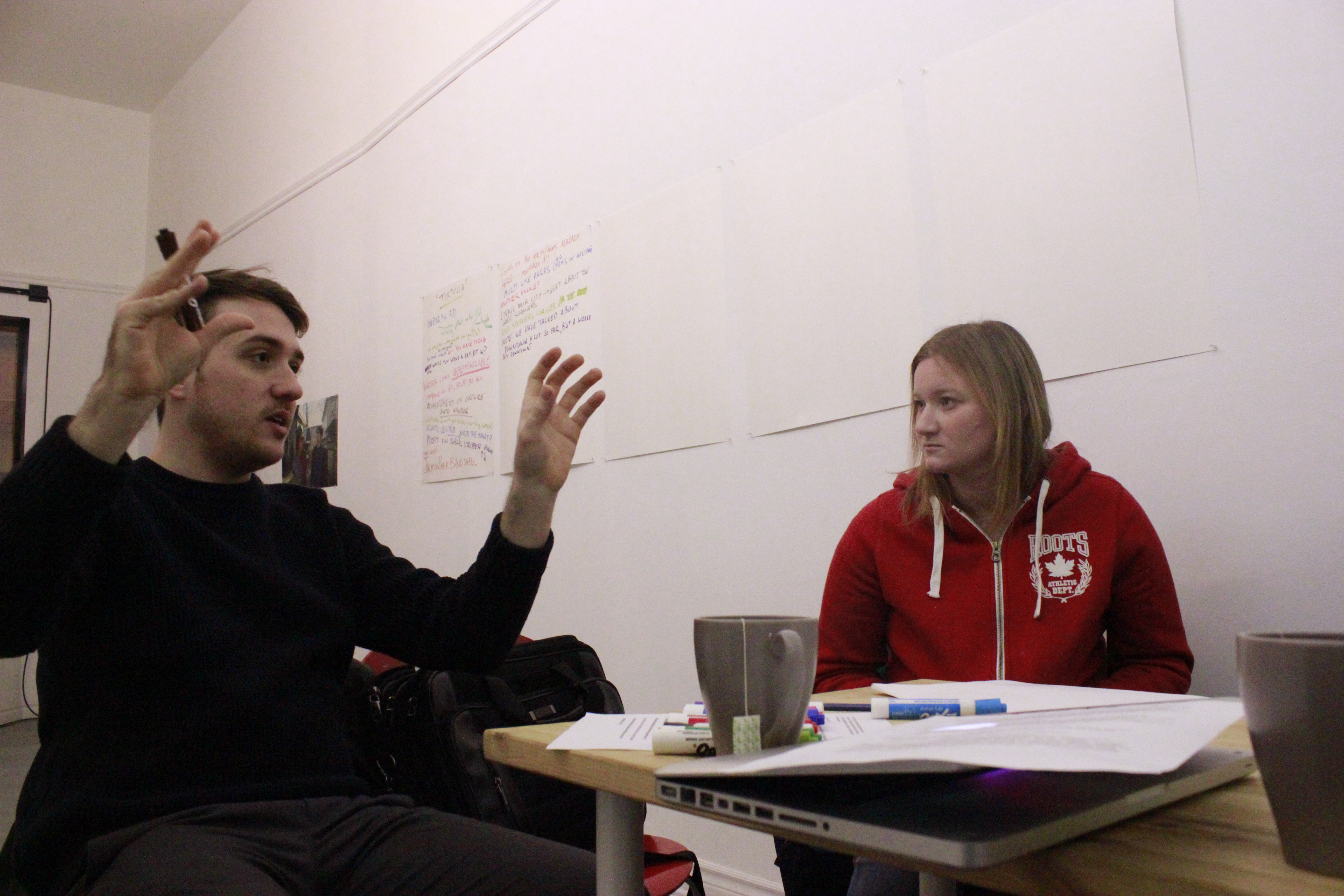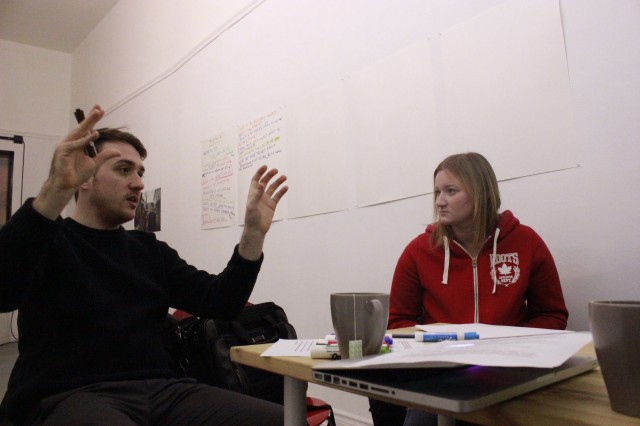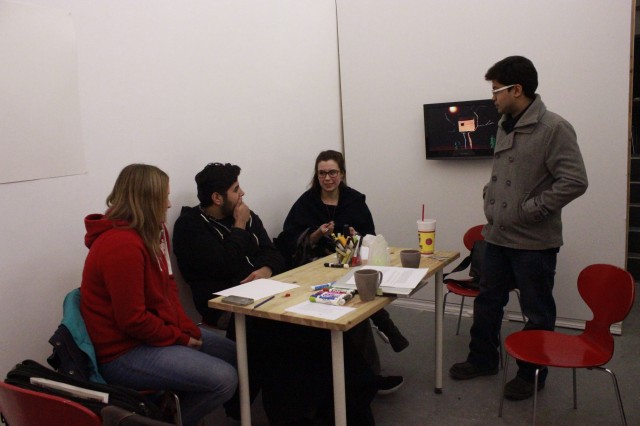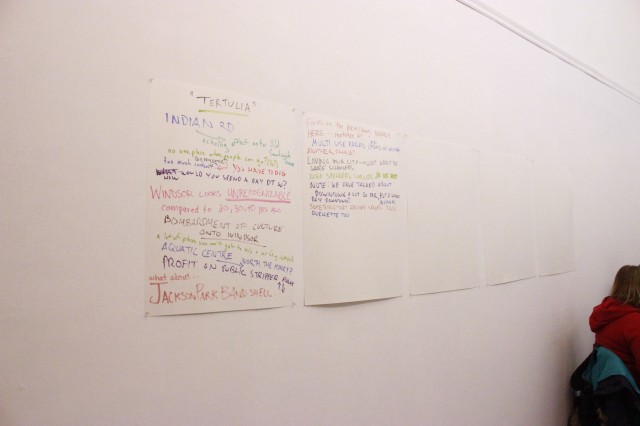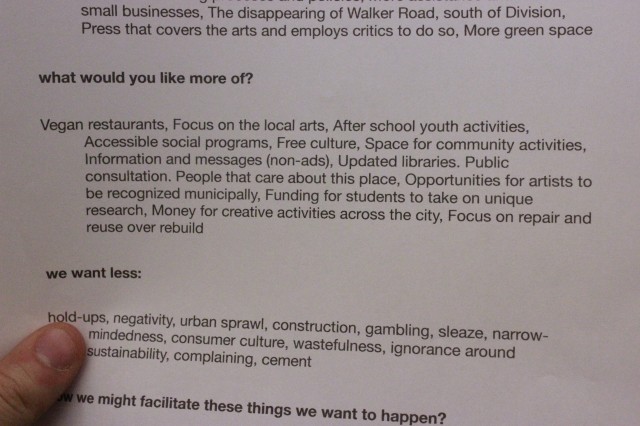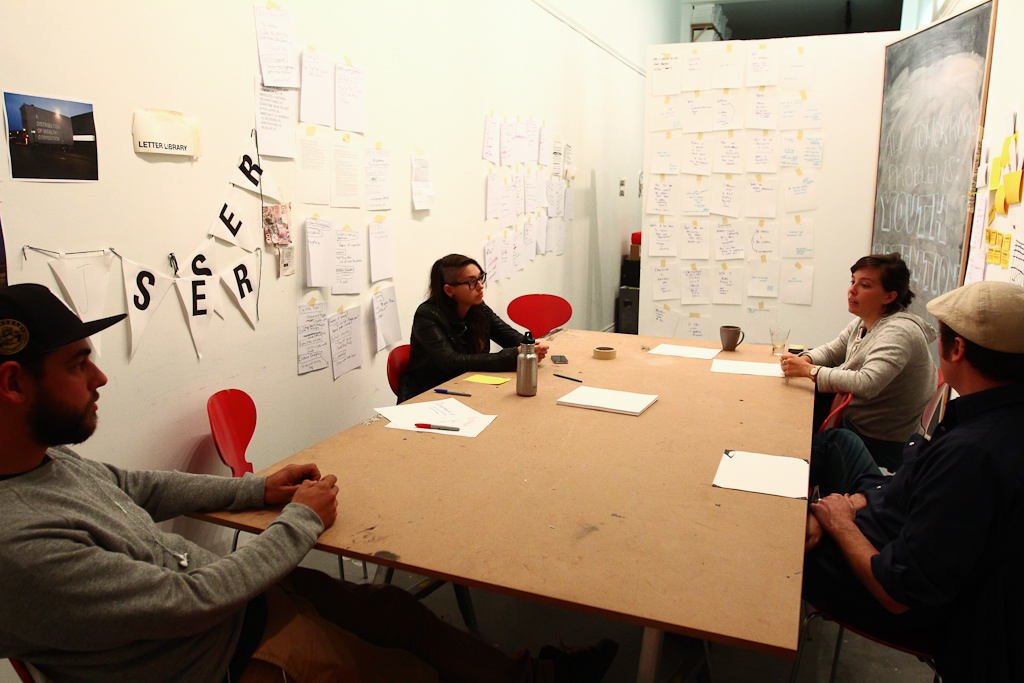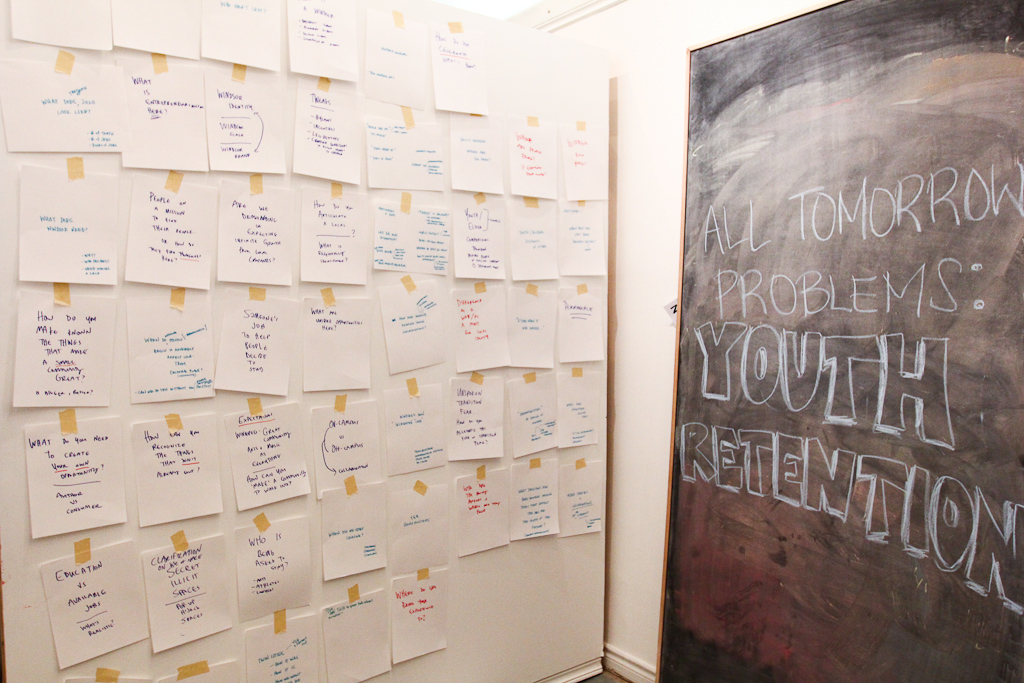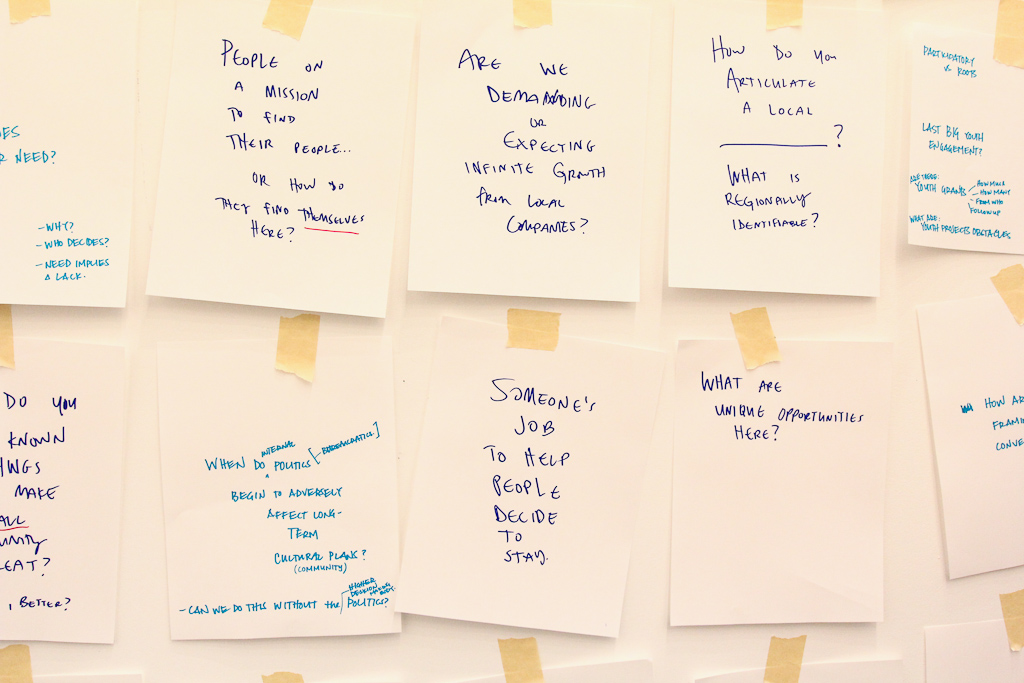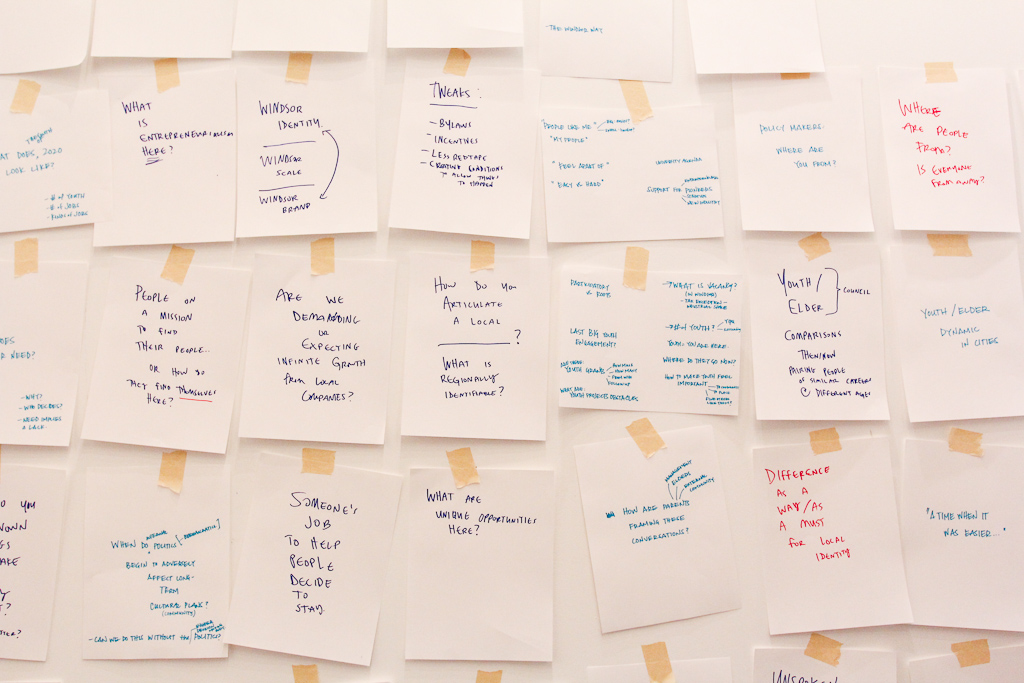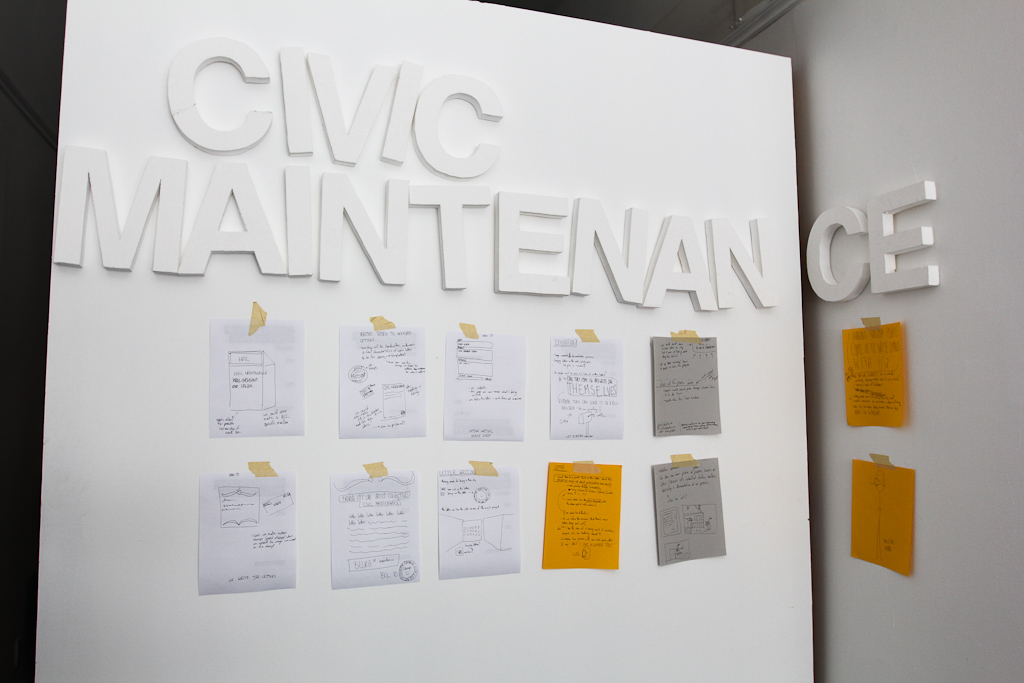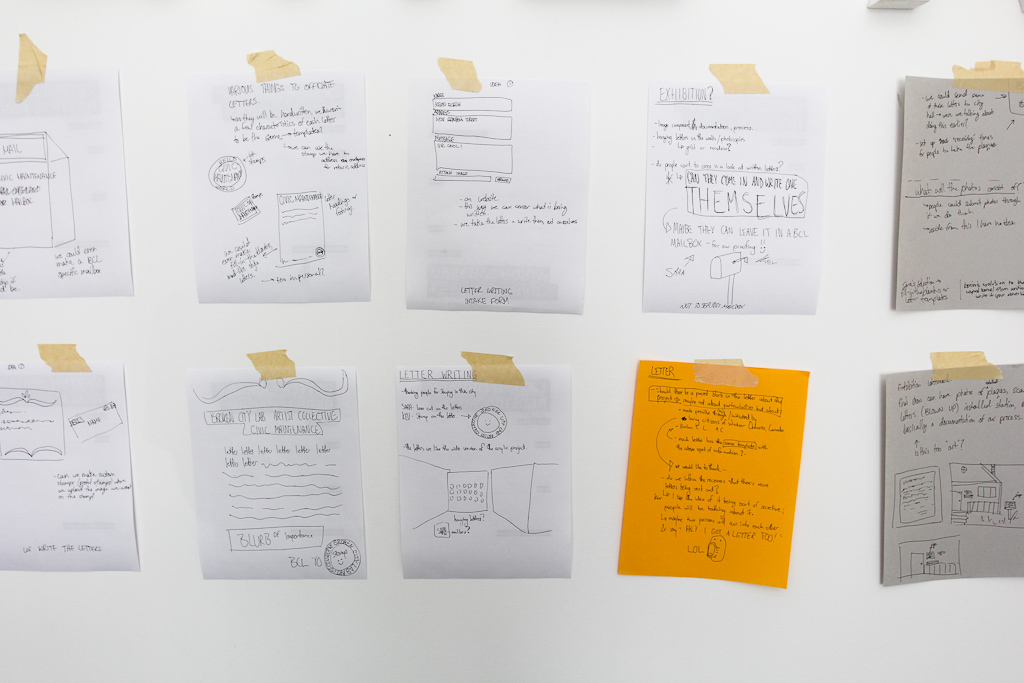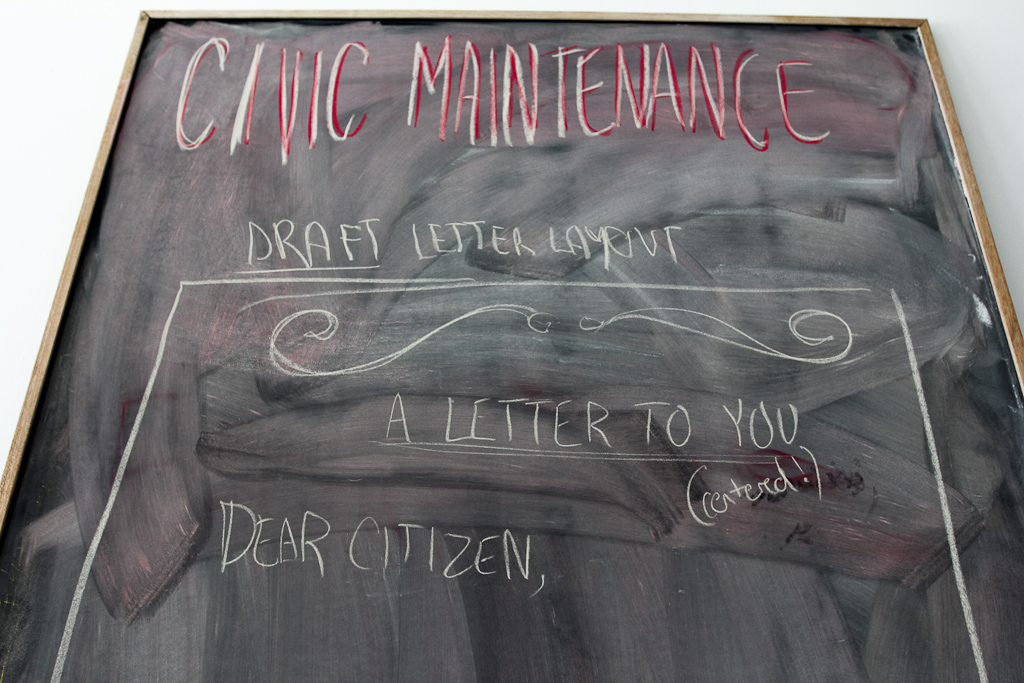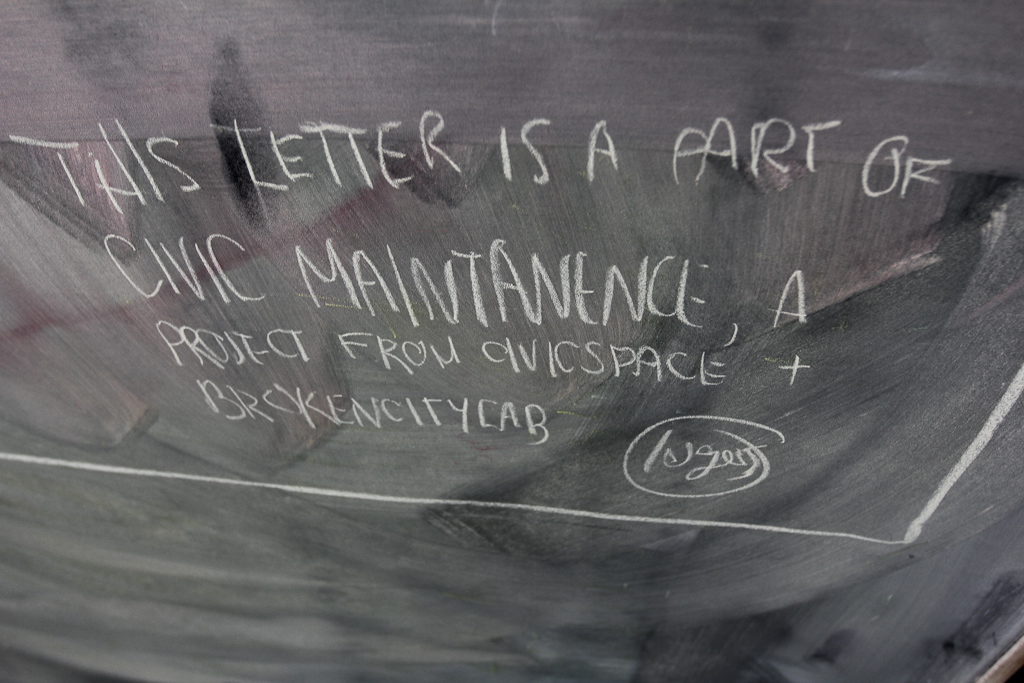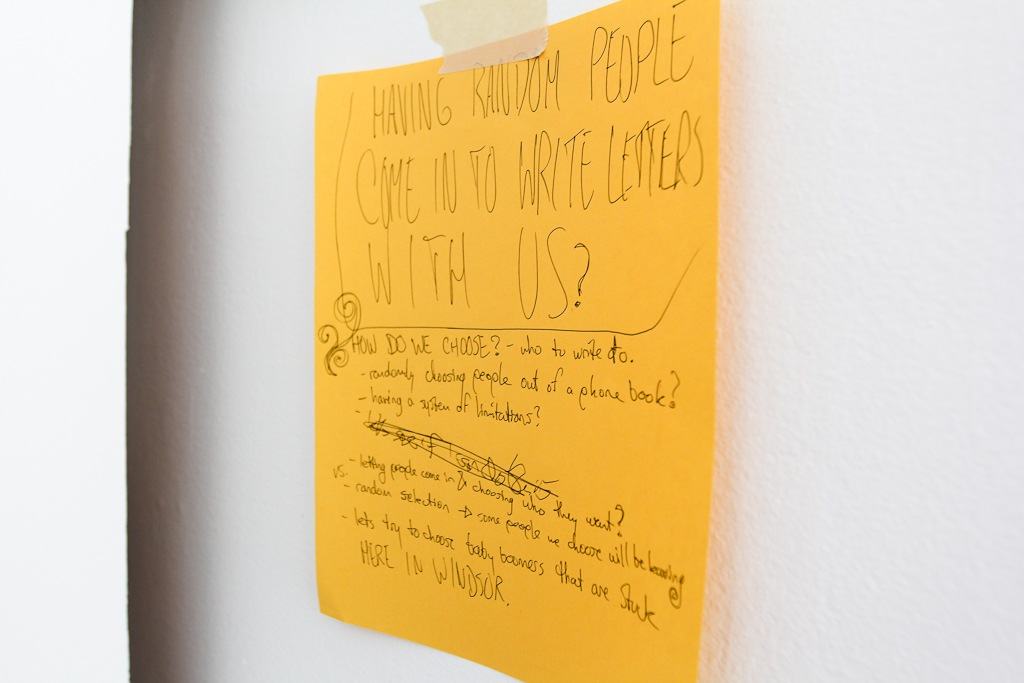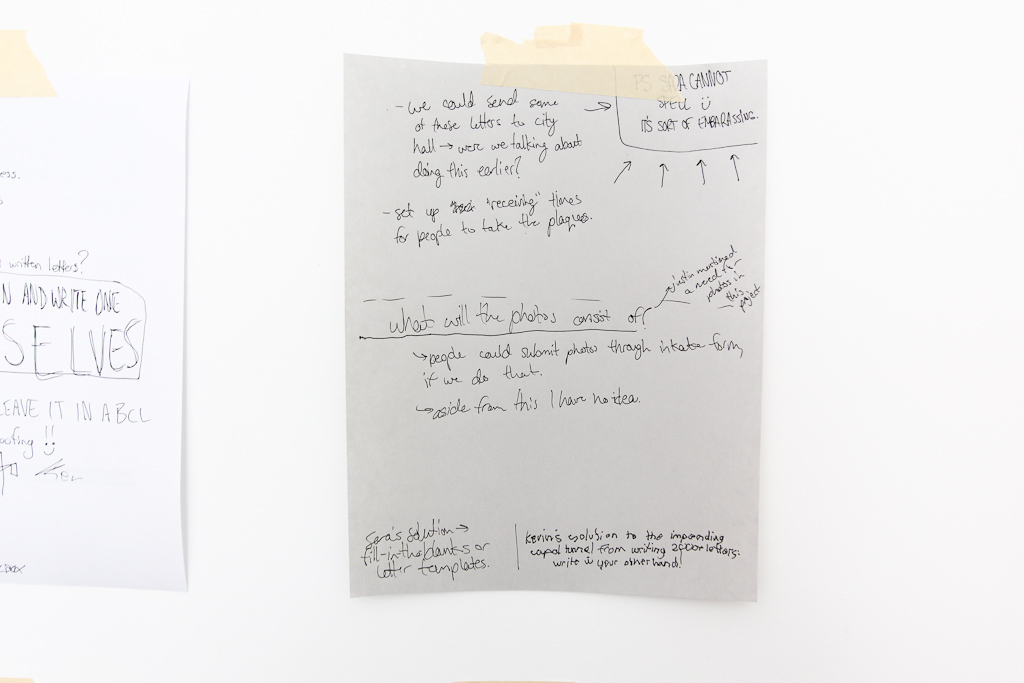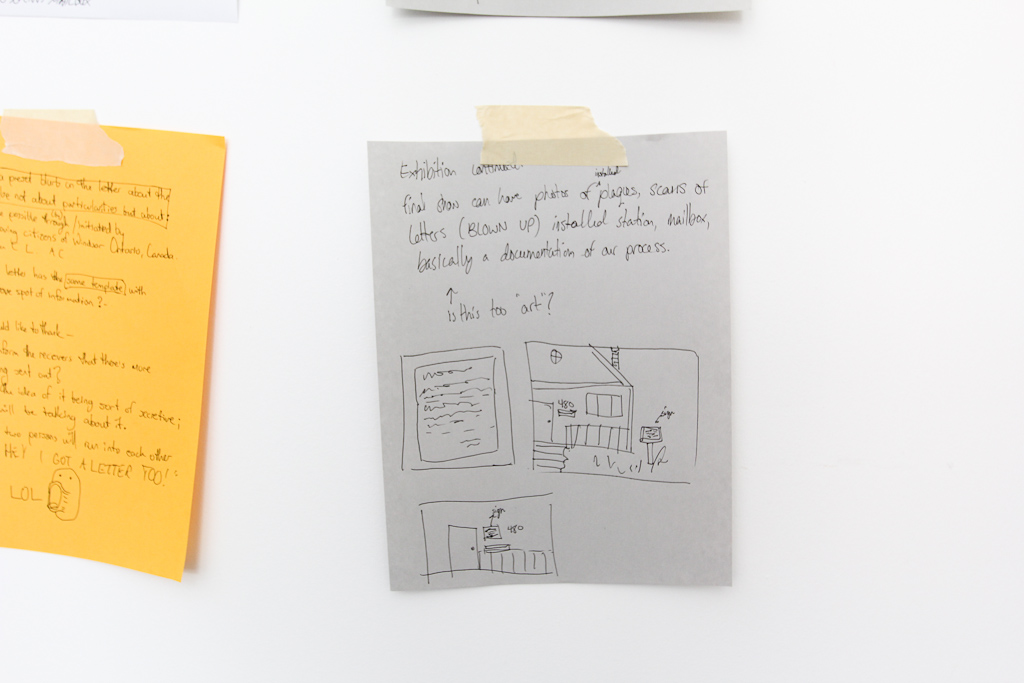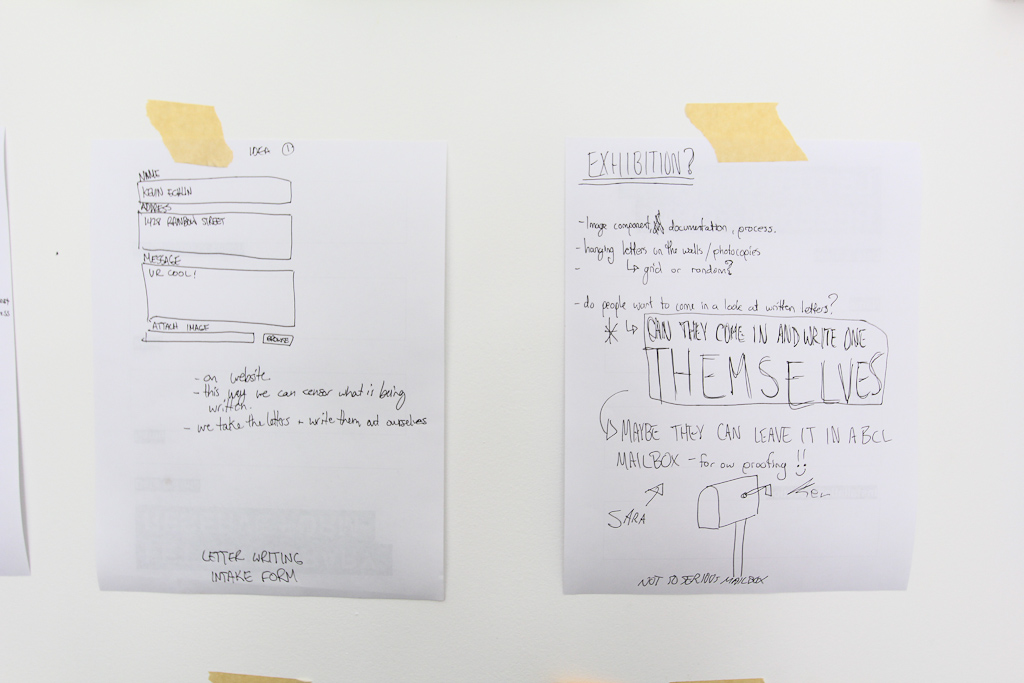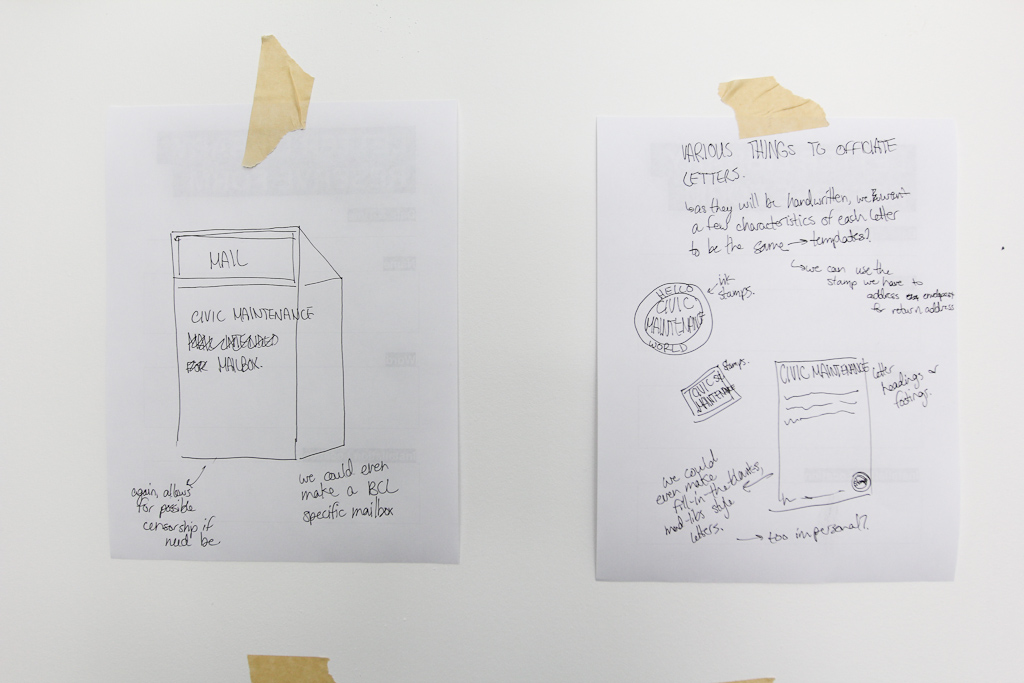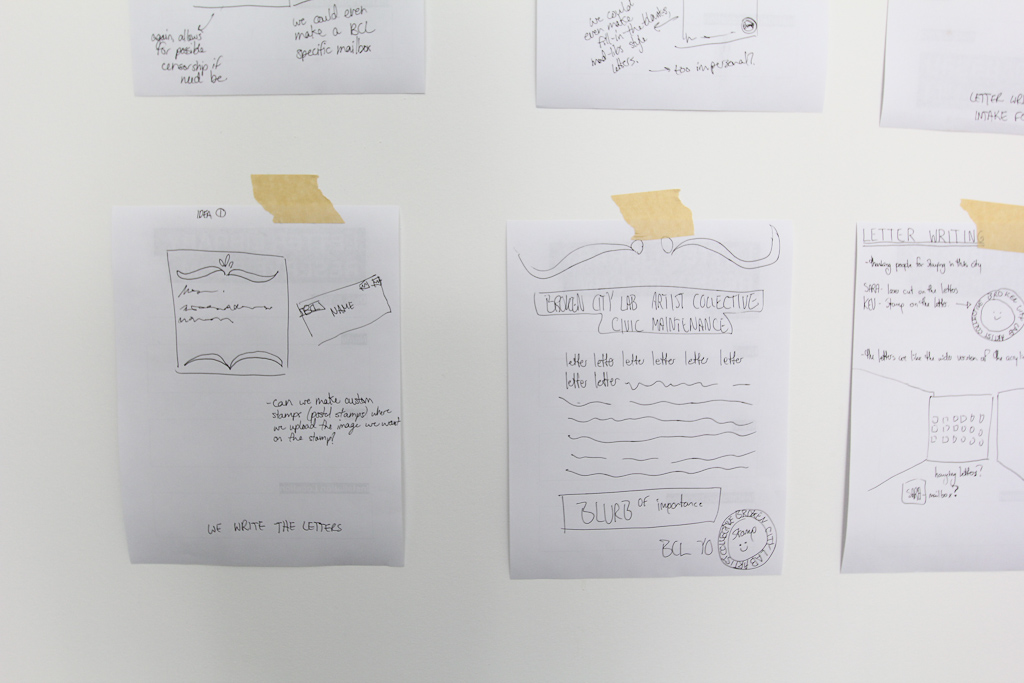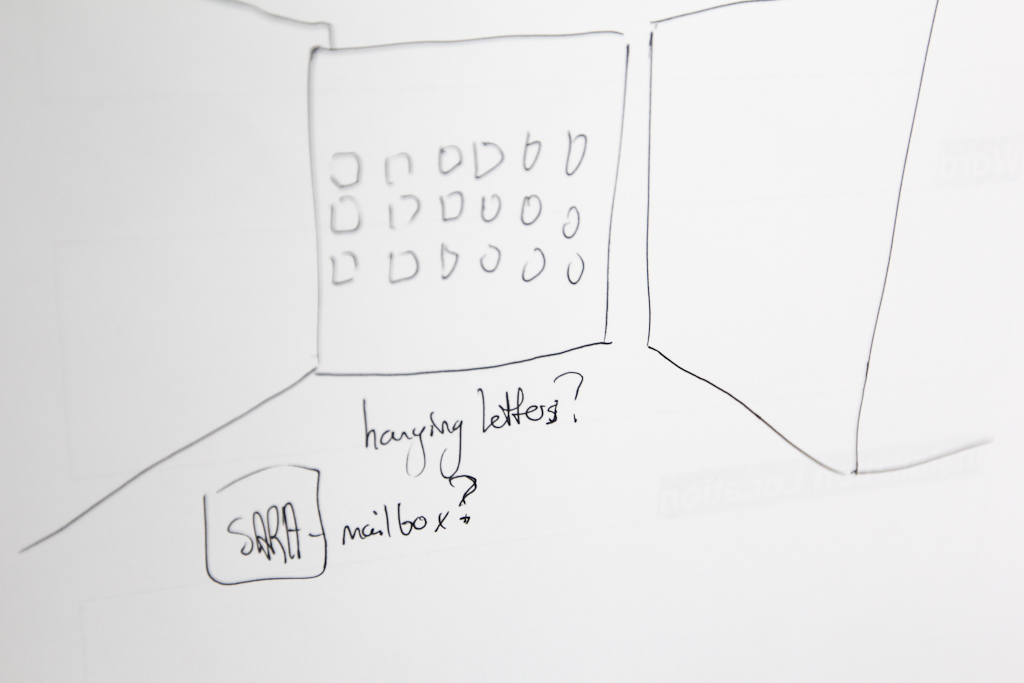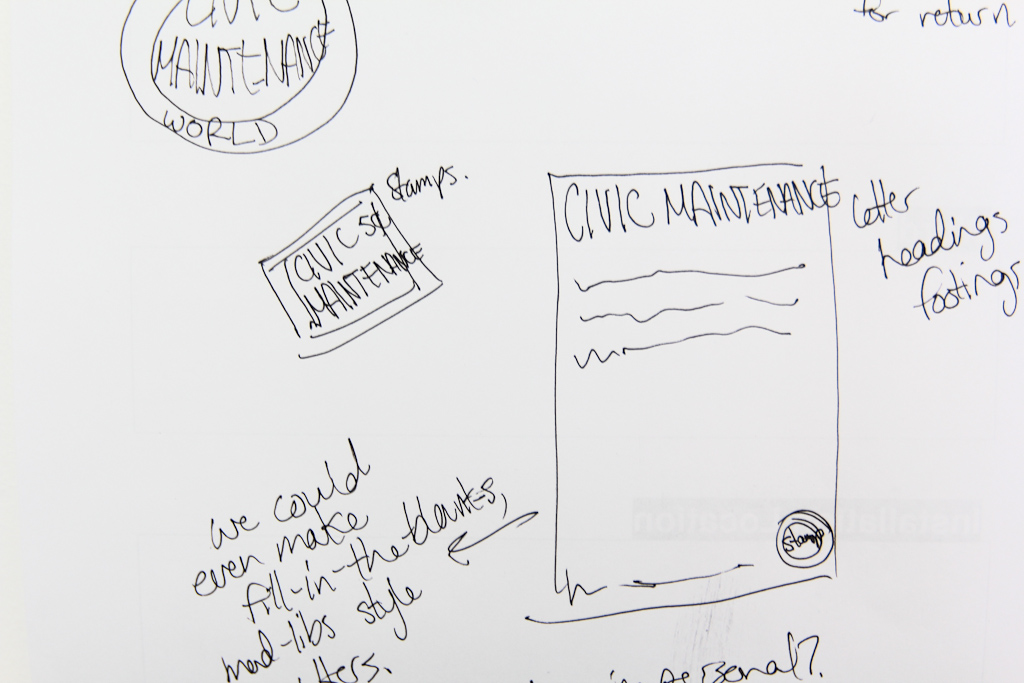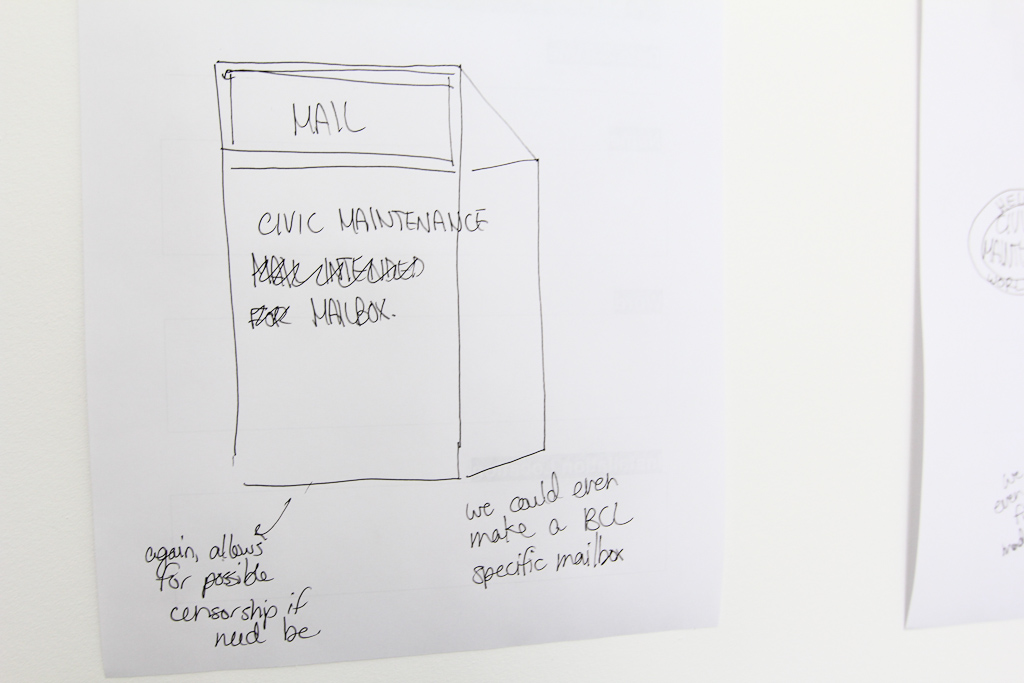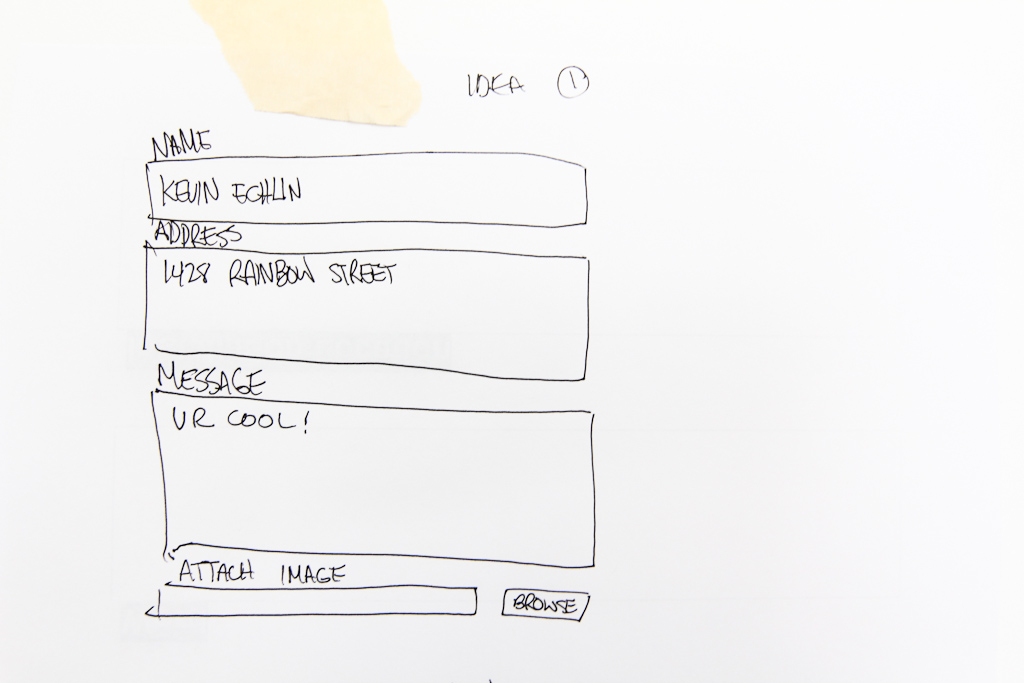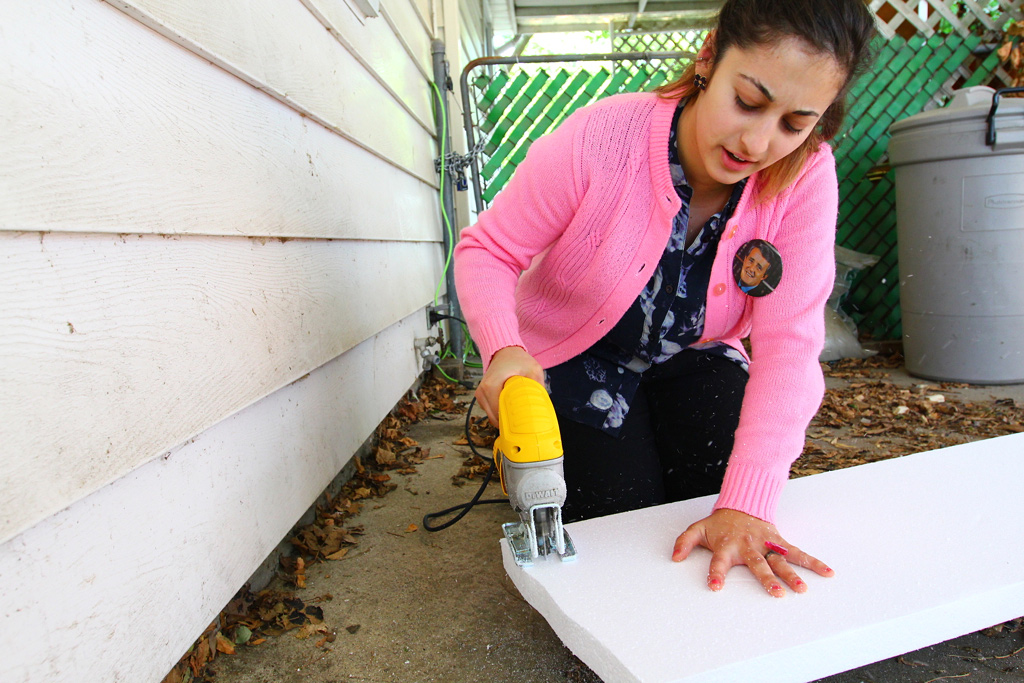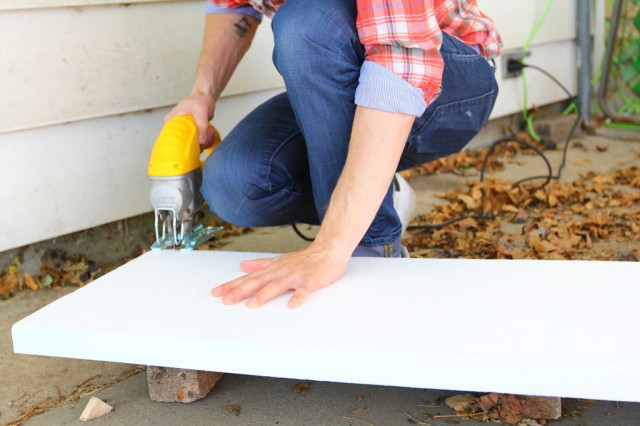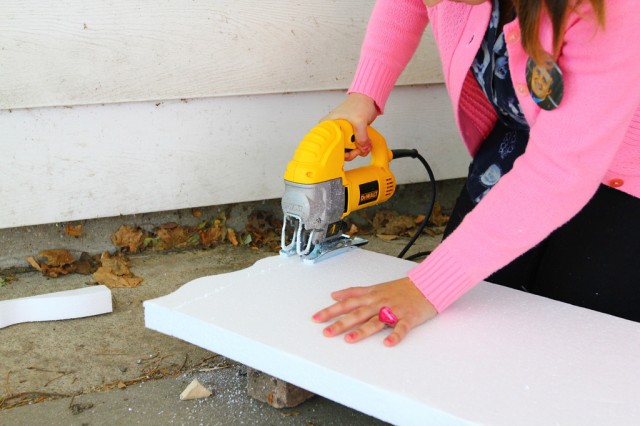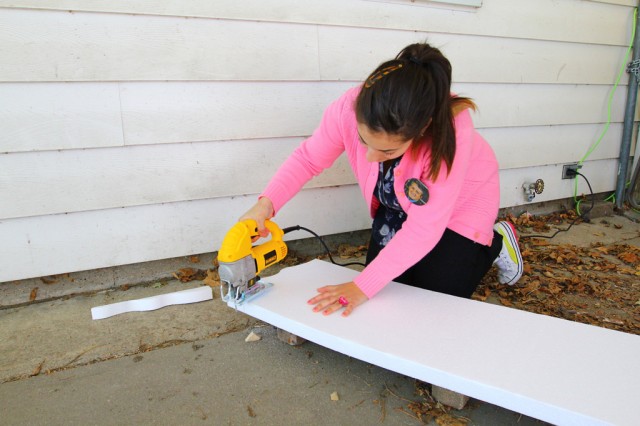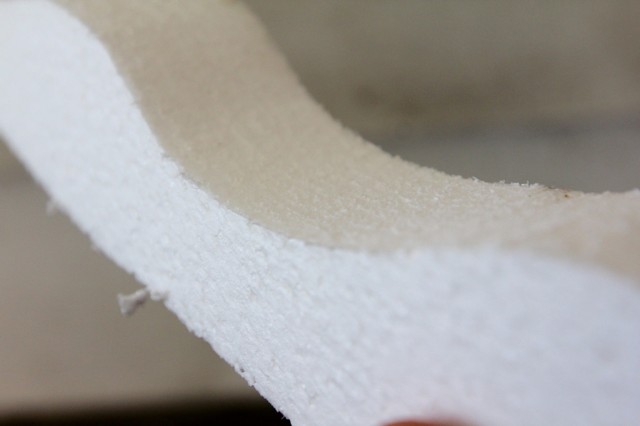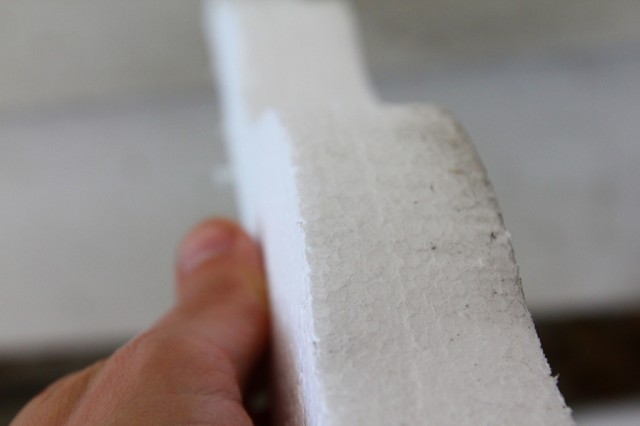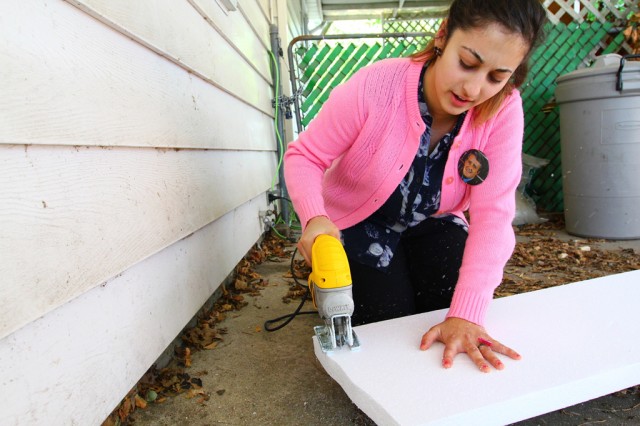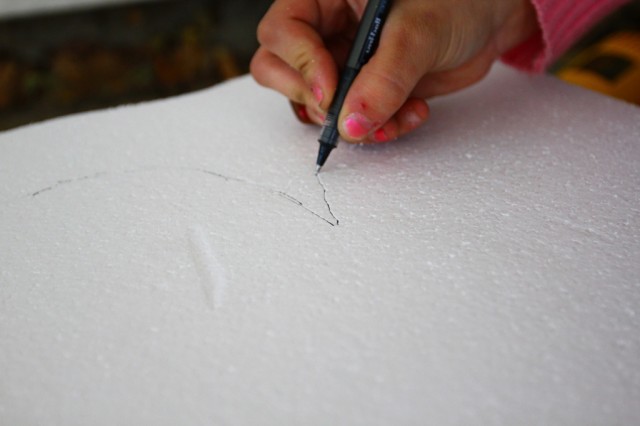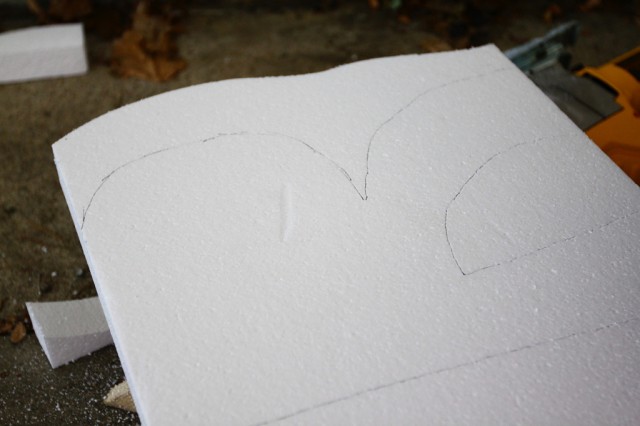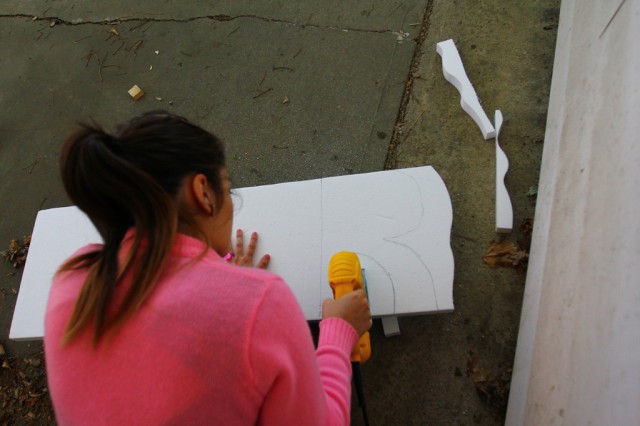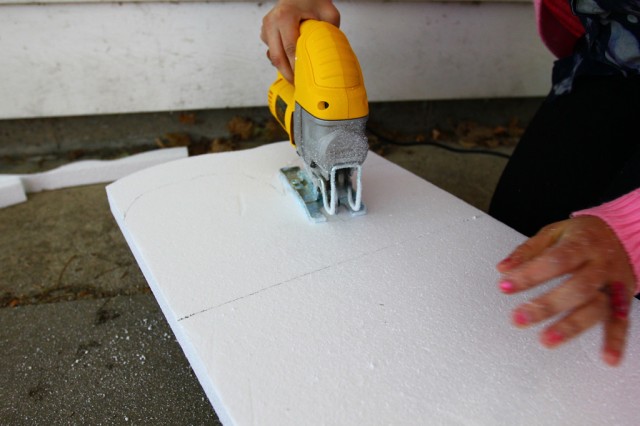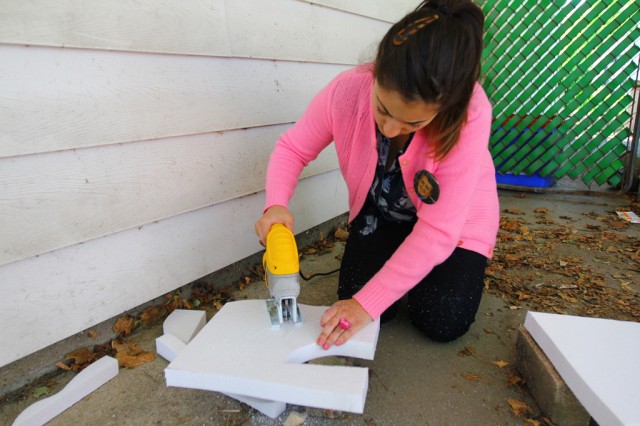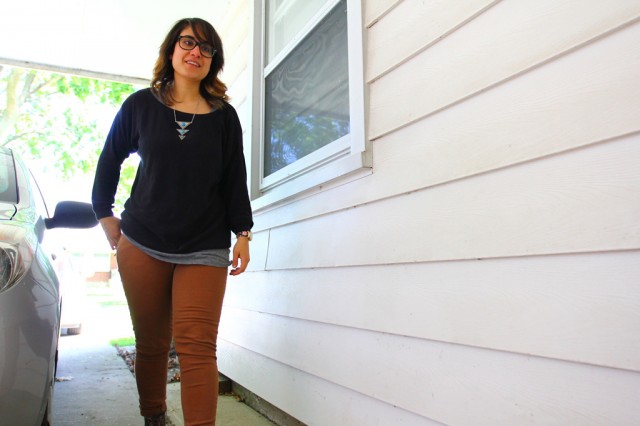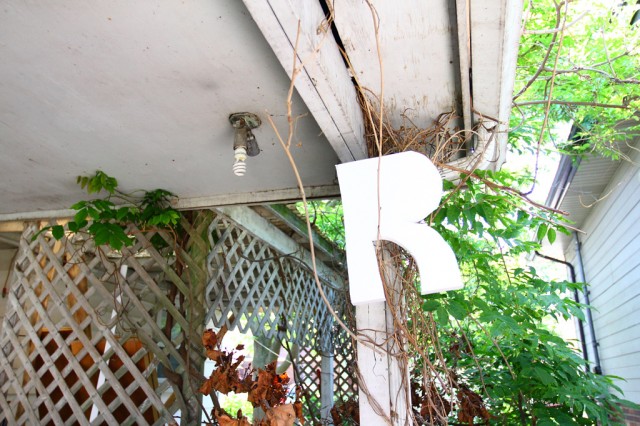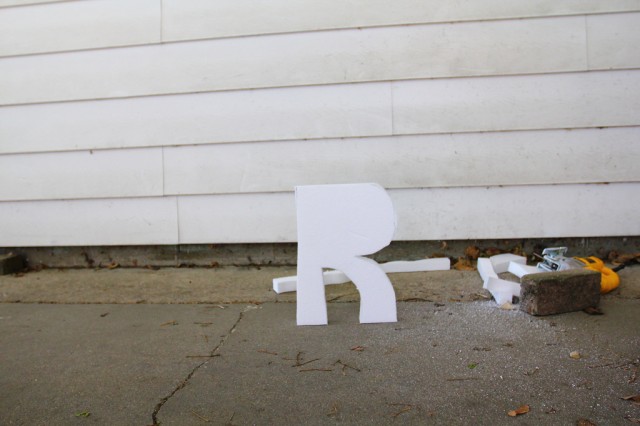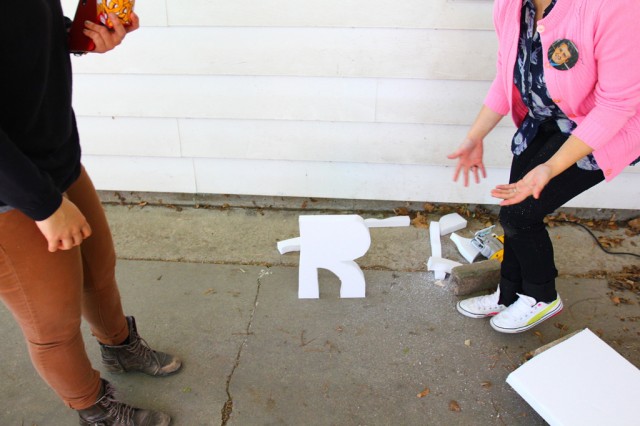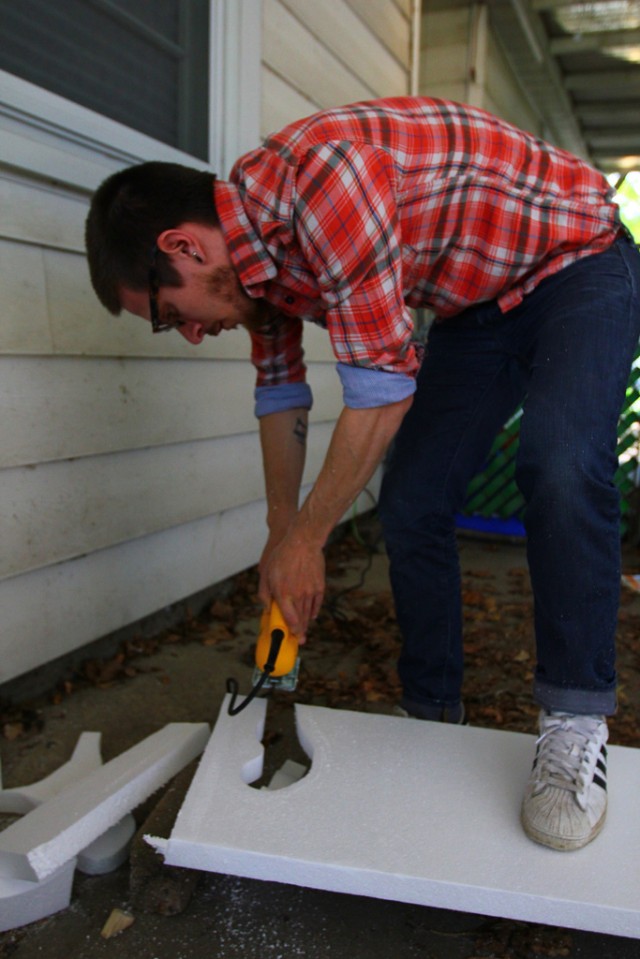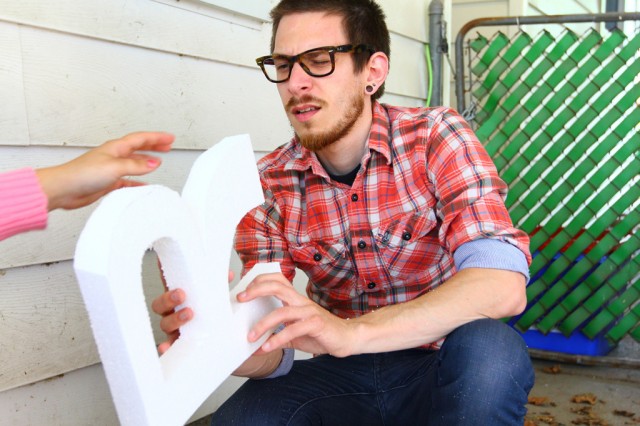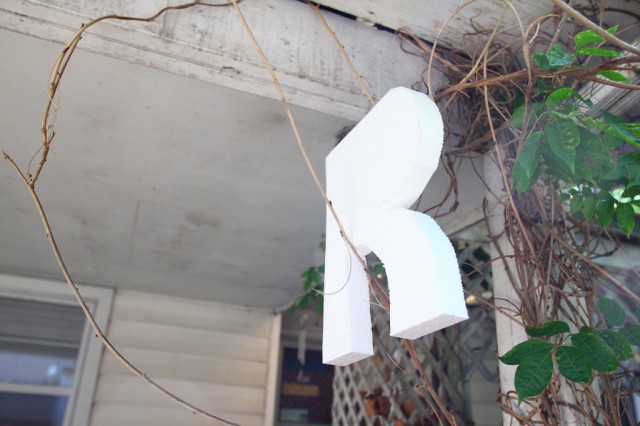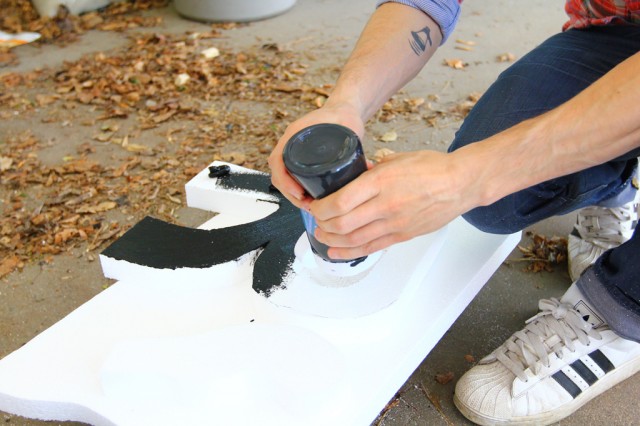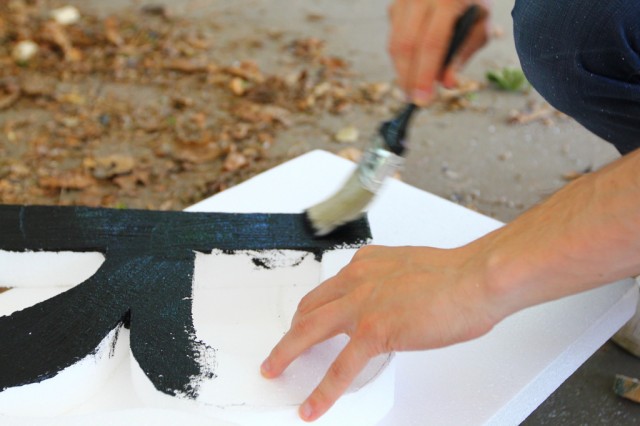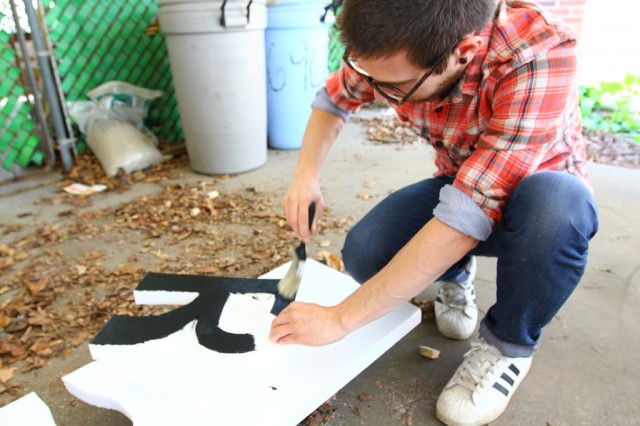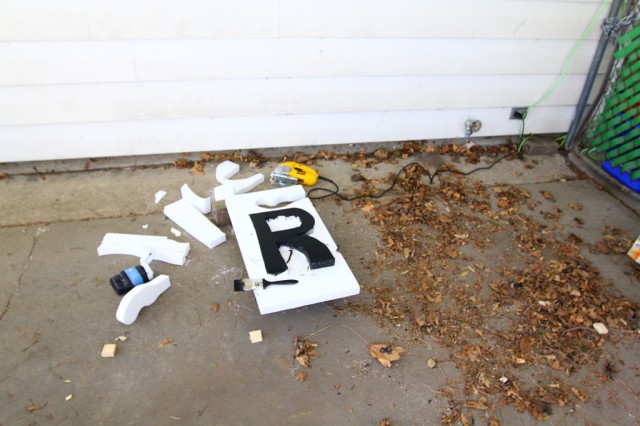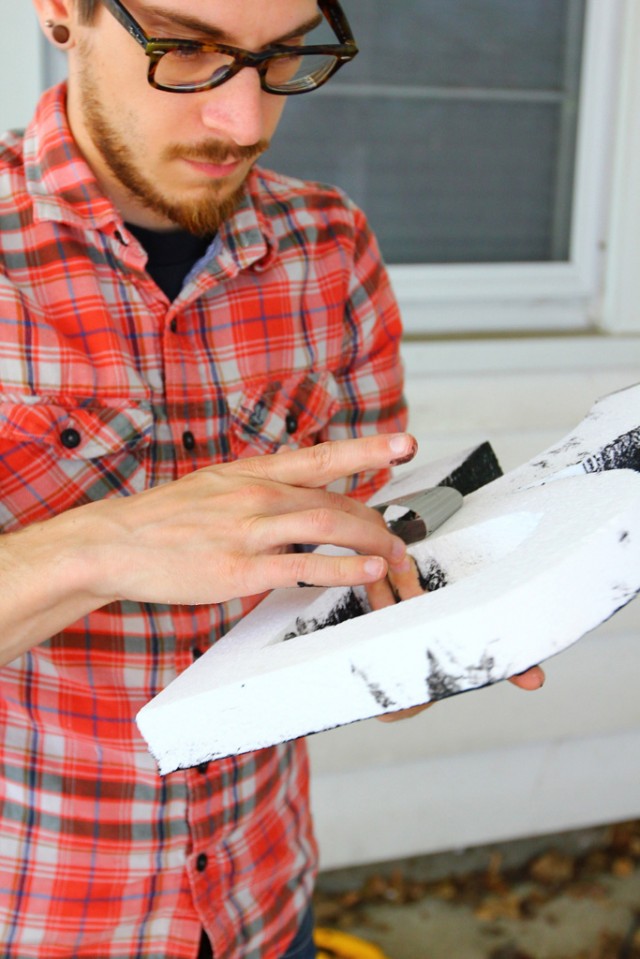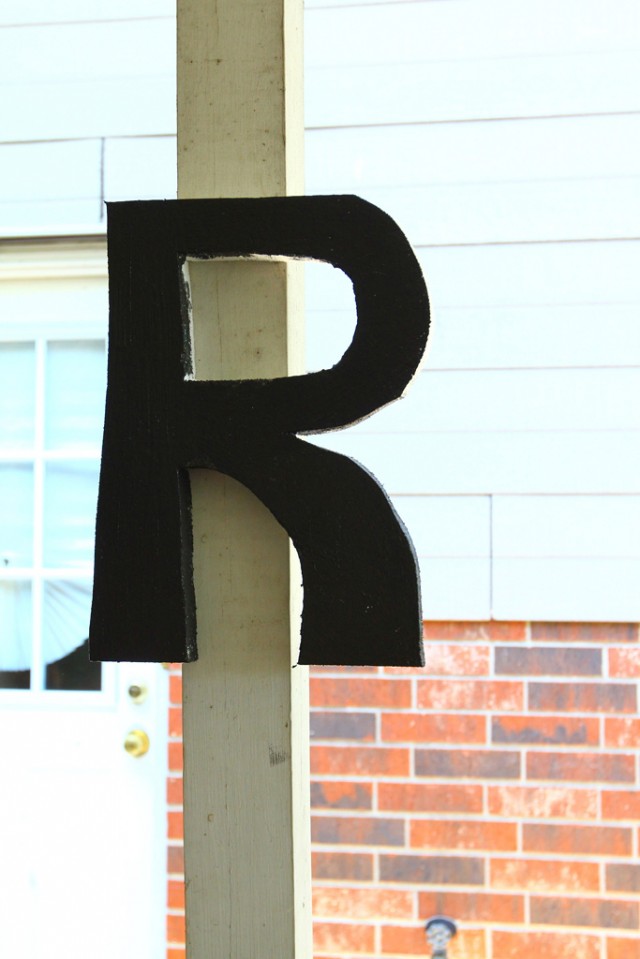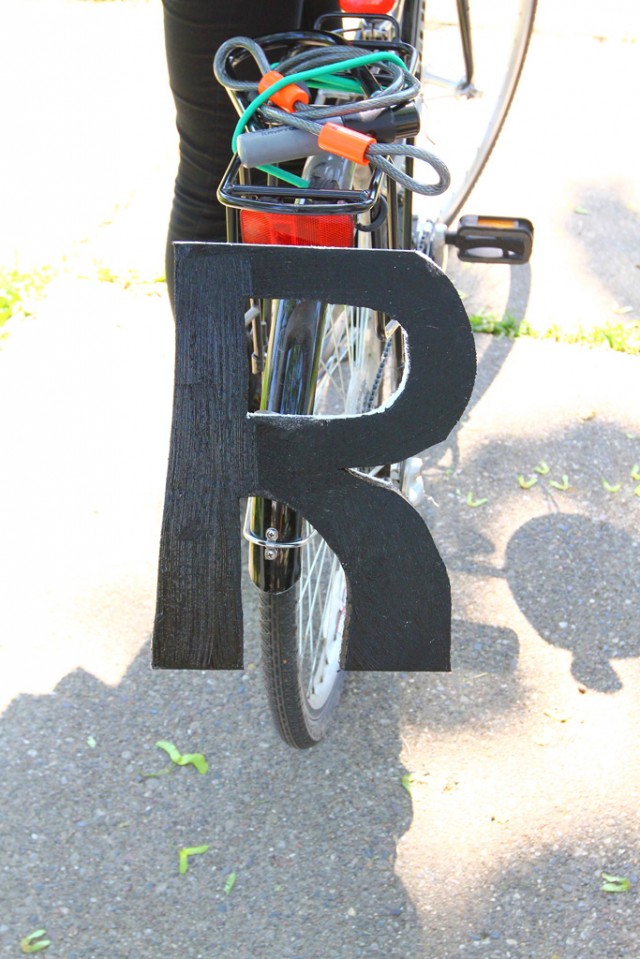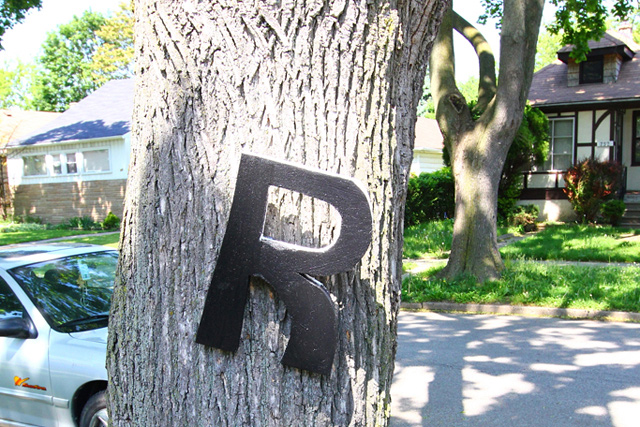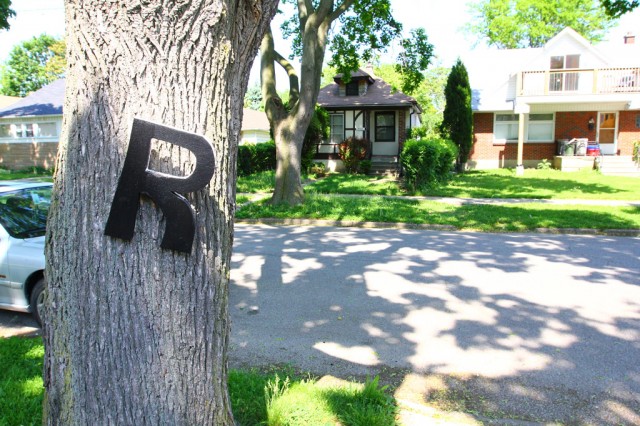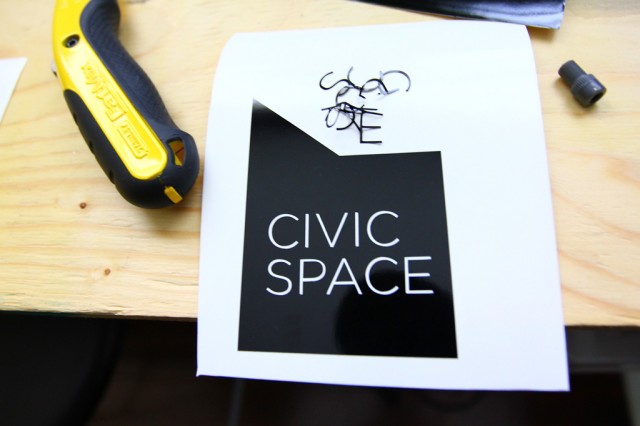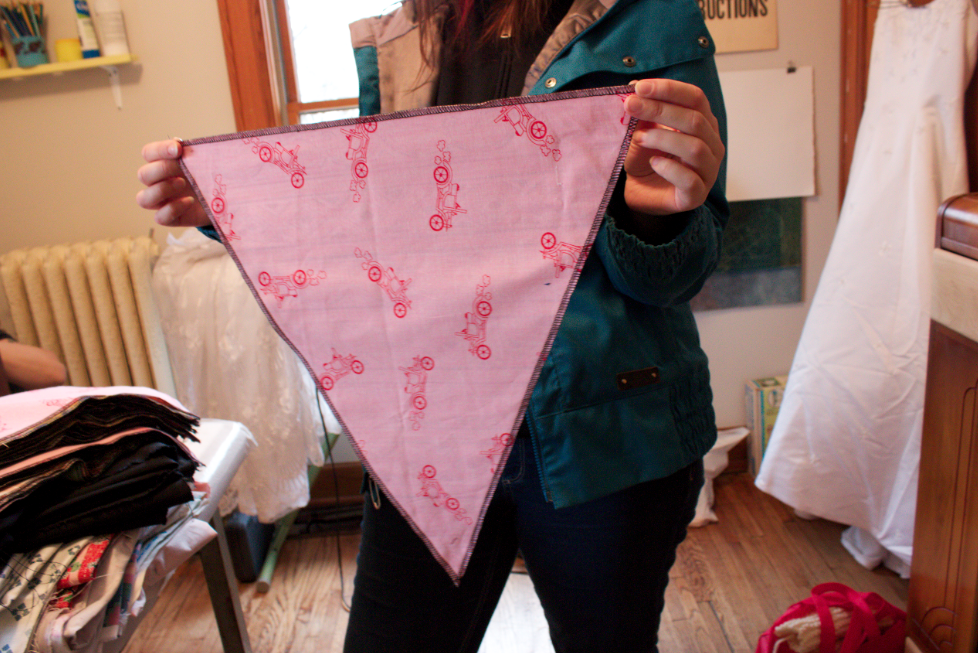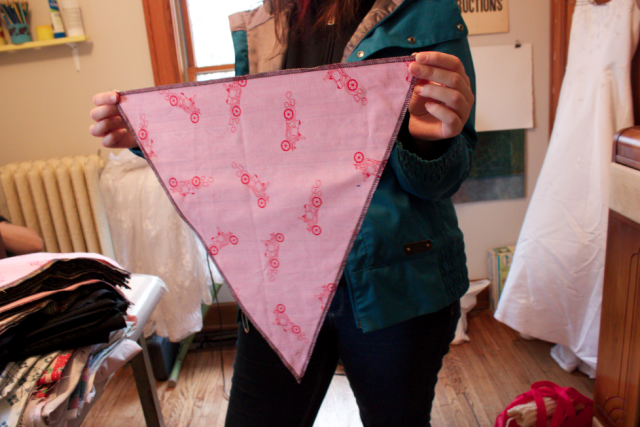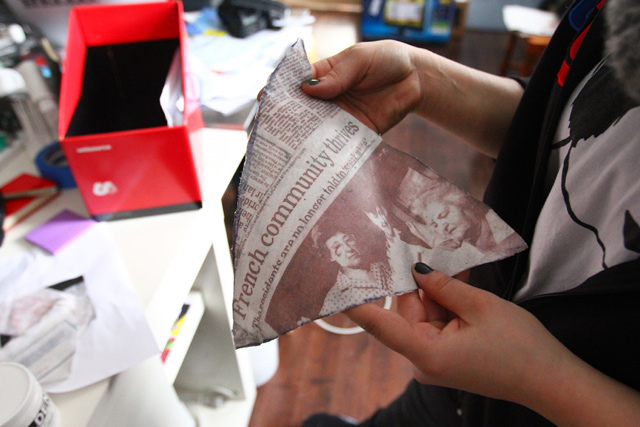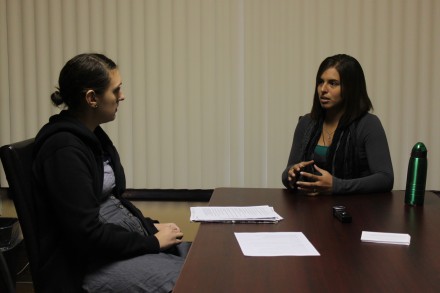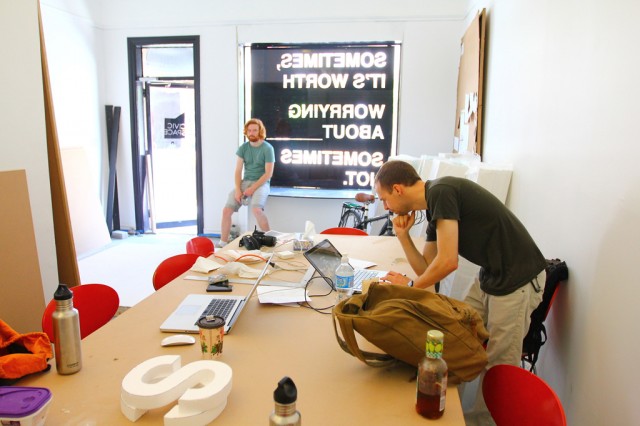
While we prepare for the launch of CIVIC SPACE on June 21st with the Letter Library project, we’re also settling into a routine of being in the space at 411 Pelissier. The idea of having a space of our own is really new to us. Four years after starting BCL by meeting in the classrooms at the School of Visual Arts in the summer, and our backyards, living rooms, and a bunch of coffee shops and restaurants, we’re realizing an intensity in our work that was basically impossible before.
Never much of a studio collective, per se, we’re now enjoying the shared space and time, and it’s impacting everything we’re doing. More time together means more time for ideas, concerns, and conversations to work themselves out rather than trying to get through everything in one sitting. In the past, meeting altogether just once a week narrowed our collective time and often translated into a very stop and go process — there was a lot that was happening, but it existed as reports, reflections, or to-do lists that never really got done.
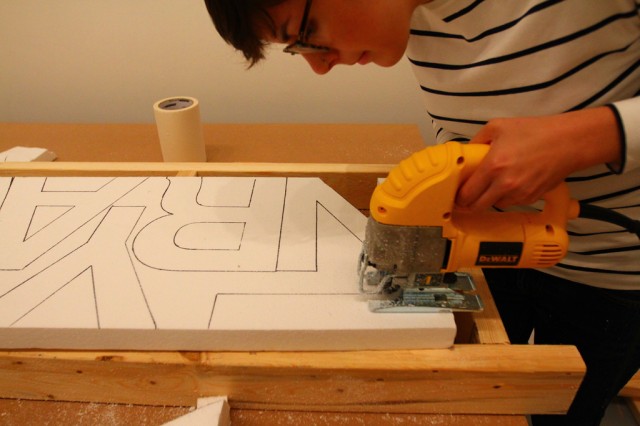
Of course, we’re also only experiencing one side of having this time and space together. When CIVIC SPACE launches next week, we’ll be entering into a new dynamic with the wider community as well.
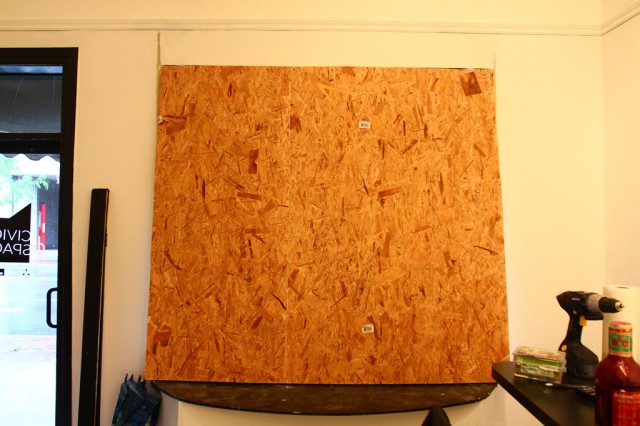
This dynamic will be necessarily different than our past projects like Storefront Residencies for Social Innovation — that was a very intense concentrated thirty days of open door programming at a time and in a place that was challenged by the construction happening just outside our doors. CIVIC SPACE will aim to meet and respond to the possibilities of collectivizing around creative responses to the community in front of us.
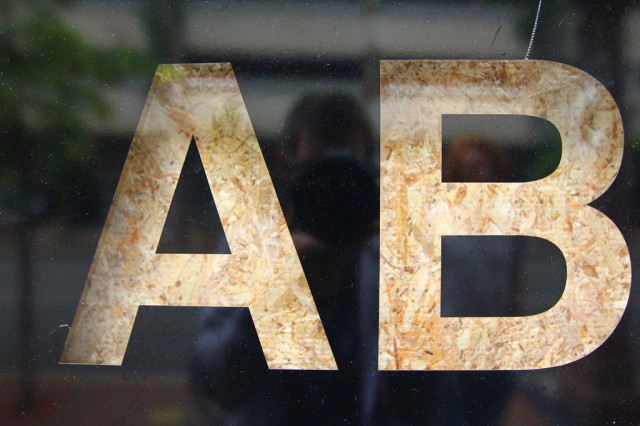
On the ground, this will translate into fairly regular weekly programming — these will start as small events and opportunities to connect with other people towards exploring art as a position from which we can become engaged in the spatial and civic practices that shift constantly in the background of our experiences of the city.
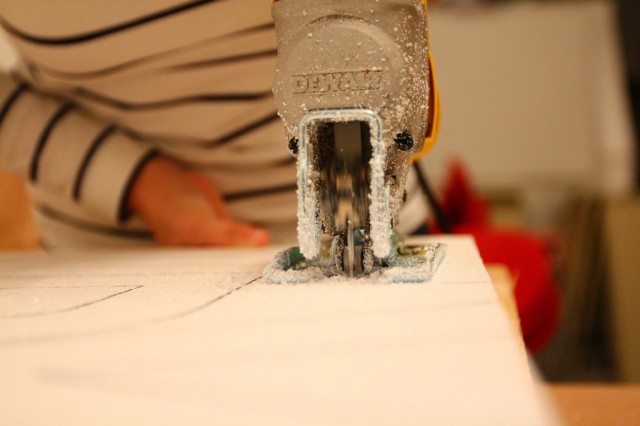
Of course, the legibility of these events as such will be most pronounced from the longest view of the project. In front of us, these weekly “events” will be simply opportunities to spend time together (and together includes you). Increasingly, we’re understanding our work not as a way to fix a city, but as a way to fix the ways that we act (and assume we can act) within it.
But until next week, here’s a look at what we’re doing and how we’re doing it.
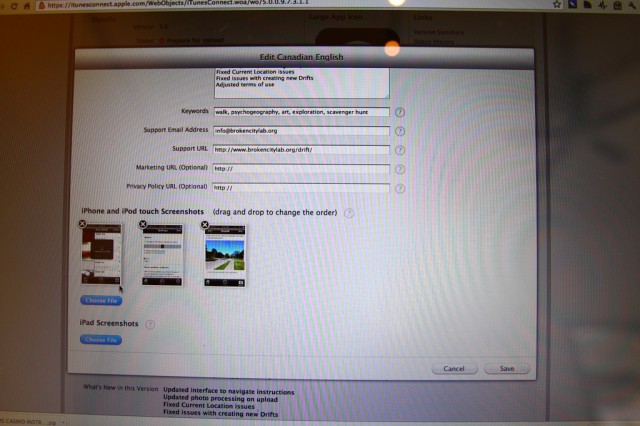
First off, Drift v1.5 has been submitted to the App store for approval. While the wait time is something around 7-10 days, it’s super exciting to do the actual submission part of it.
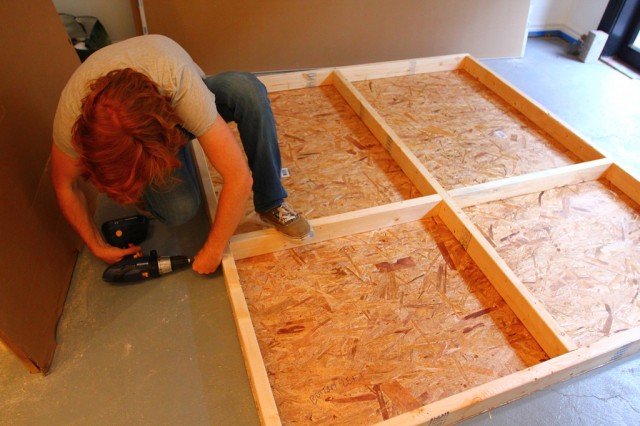
Kevin has been working on building a rig for our window so that we can change the window display more frequently, while also keeping it flexible to start screenings.
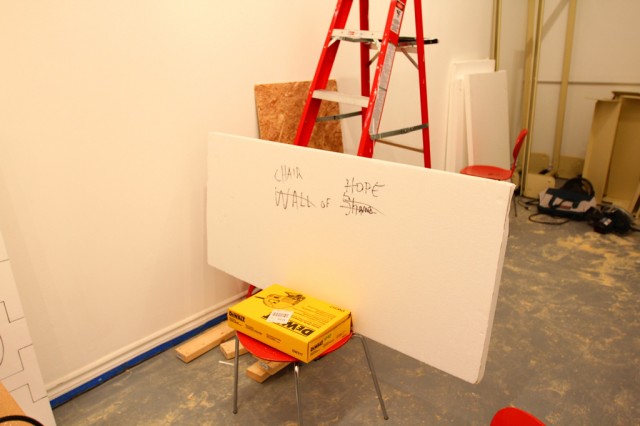
Remnants of an afternoon of cutting out letters.
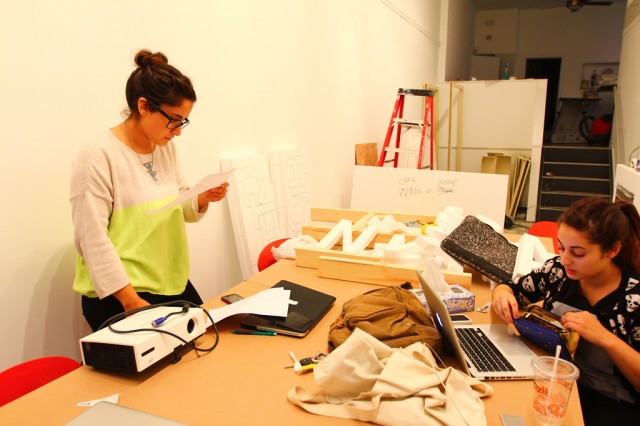
Hiba and Rosina working in parallel. Hiba holds a two-sided page of a to-do list. Rosina pulls cards from her wallets as she works on the design of the Letter Library card.
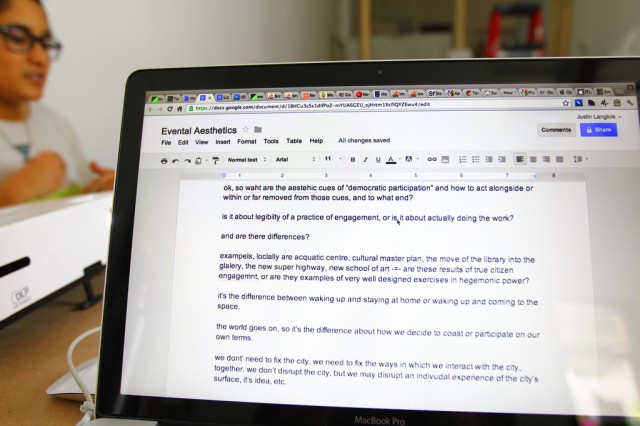
Hiba and I also work on some writing. So early in the process, and so wide. We’ll submit later this month to Evental Aesthetics.
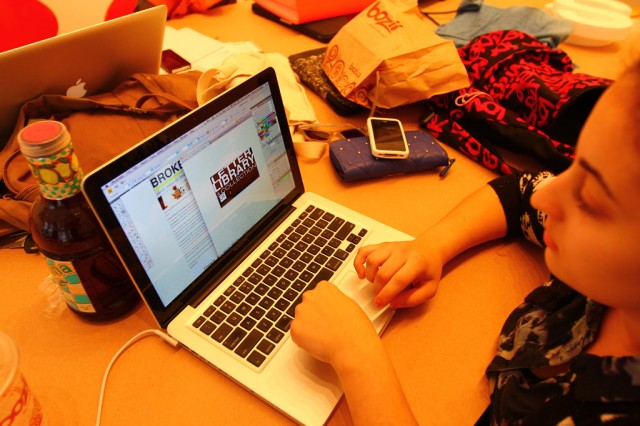
Rosina’s mastering Illustrator.
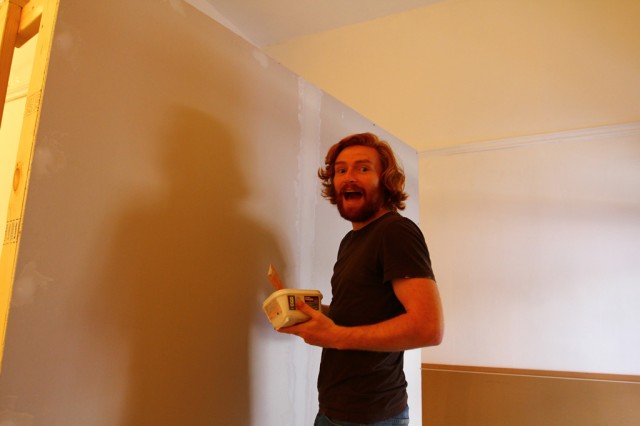
Kevin meets more drywall. We built a moveable wall that’s still waiting to be moveable. But in the meantime, it’s getting a coat of mud and paint.
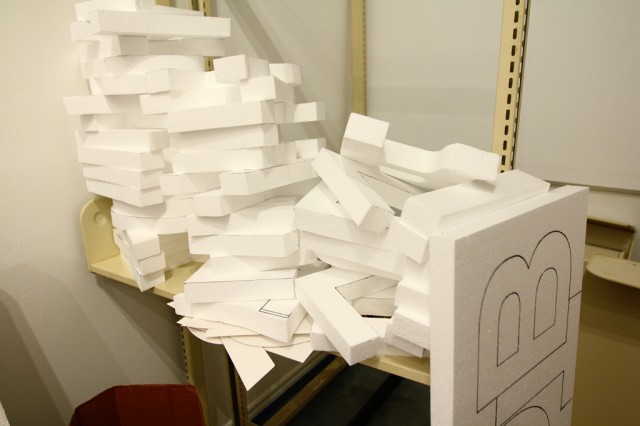
Just a small number of the letters we’ll have ready for you to use as part of our Letter Library project on June 21st.
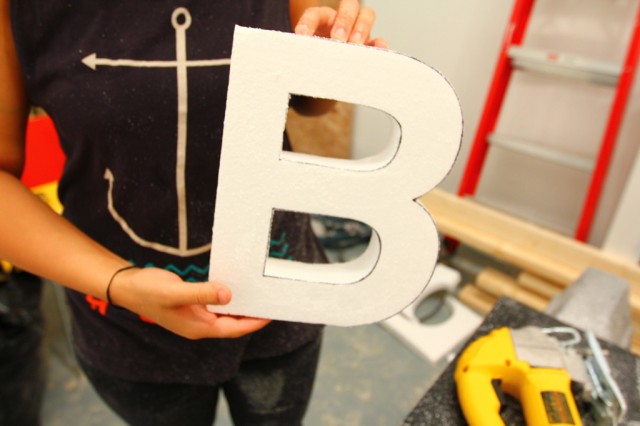
Hiba showing off her jigsaw skills with an expertly crafted B.
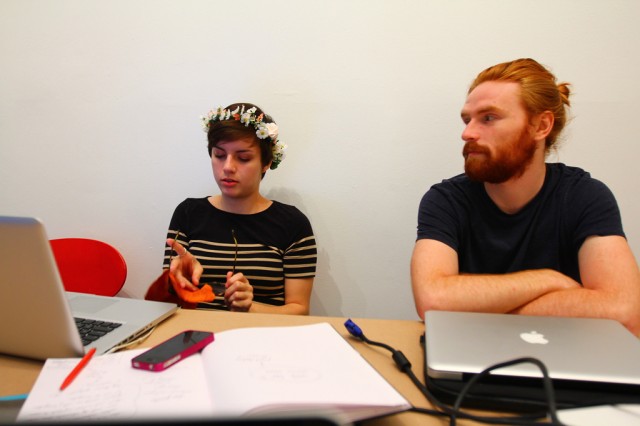
An evening session with Sara, Danielle and Kevin. Felt nice to meet in the space when the street was quiet. It’s not always great to have to break up the group so much, but on the other side, often small groups share more, faster.
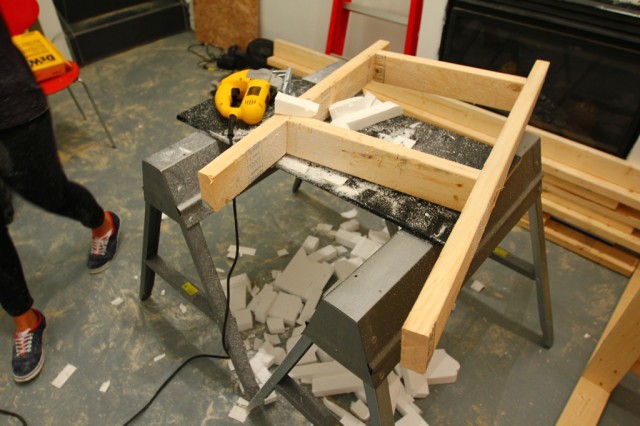
An early jigsaw rig.
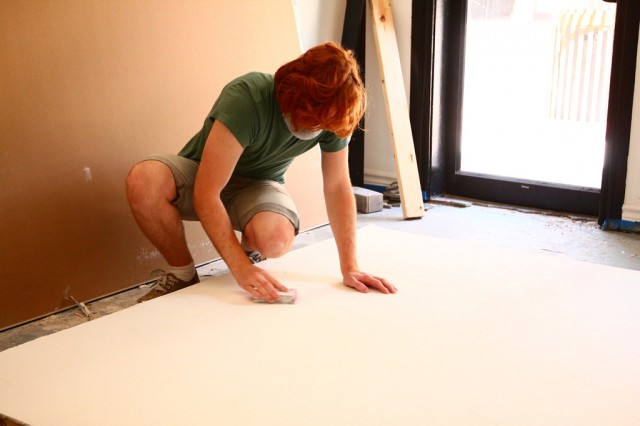
Wall to wall Kevin.
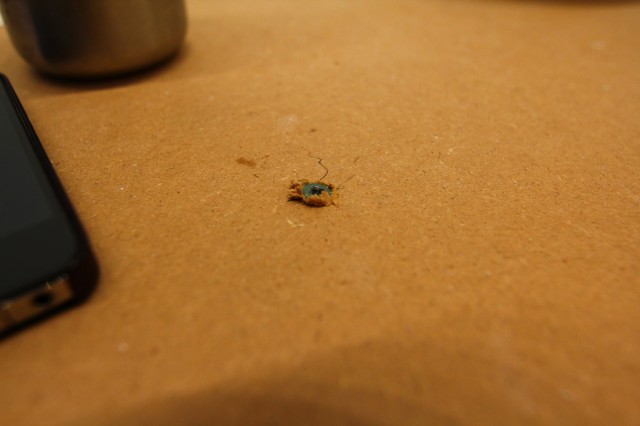
We made a table from MDF and sawhorses, but it’s probably our most favourite table ever.
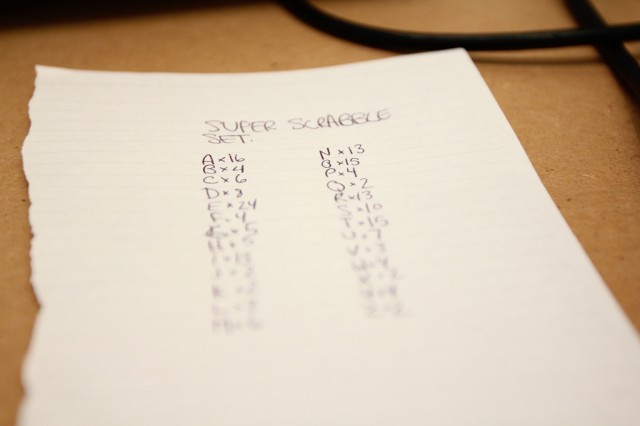
One letter set of Super Scrabble has 200 letters. We’re aiming to make two of these.
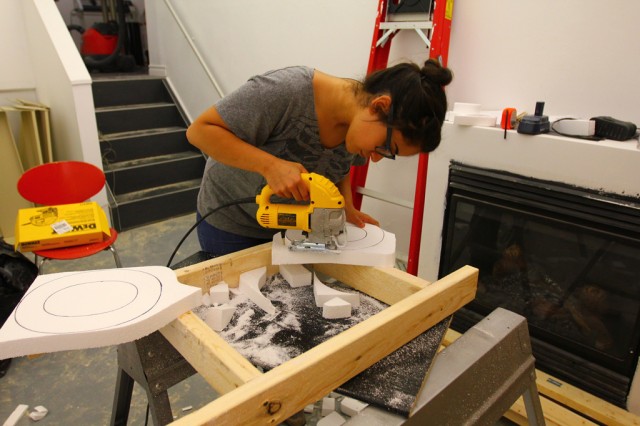
O, curves.
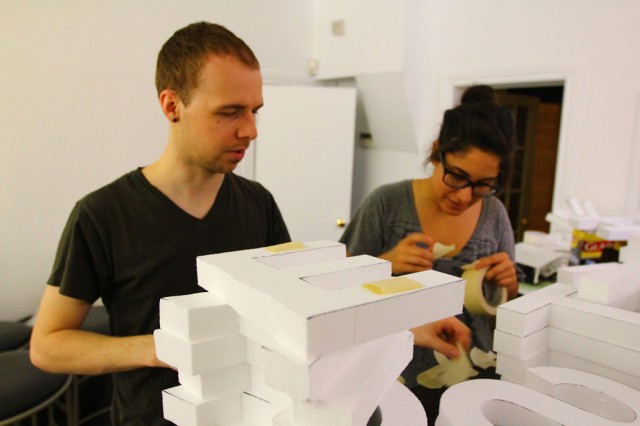
Josh and Hiba spend Friday afternoon temporarily installing some letters to make this.
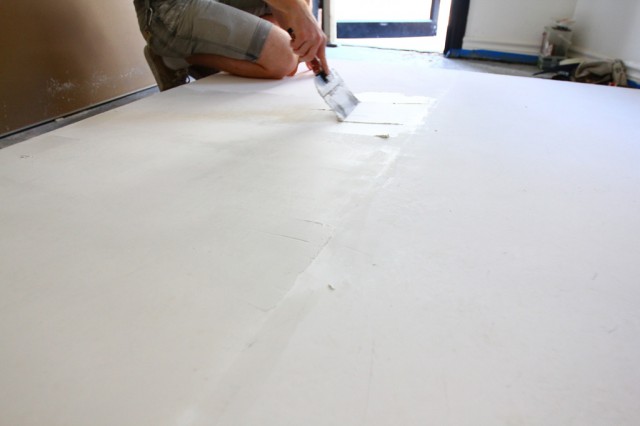
Kevin with more drywall mud.
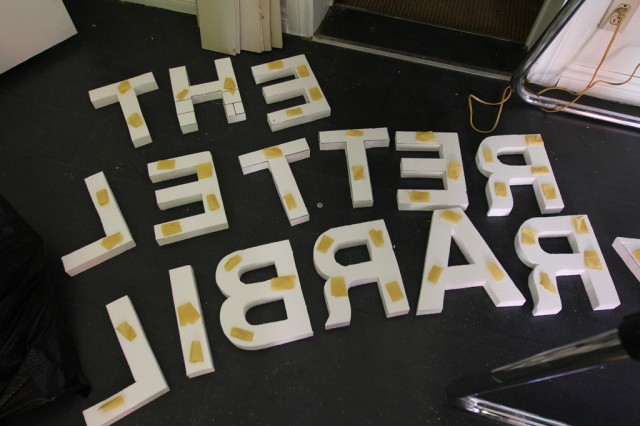
The Letter Library. Some masking tape stuck these styrofoam letters to a brick wall all afternoon. We love how light these are!
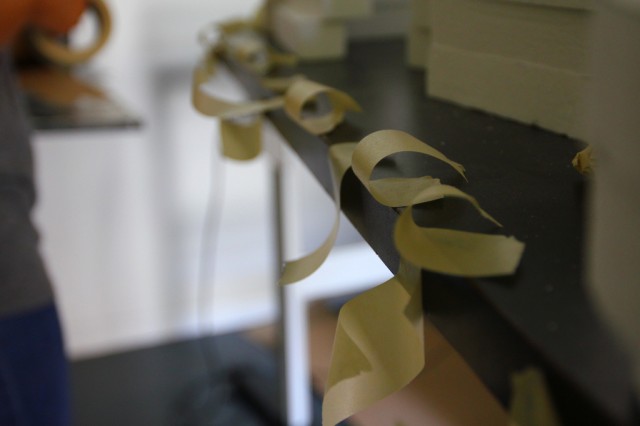
Masking tape prep.
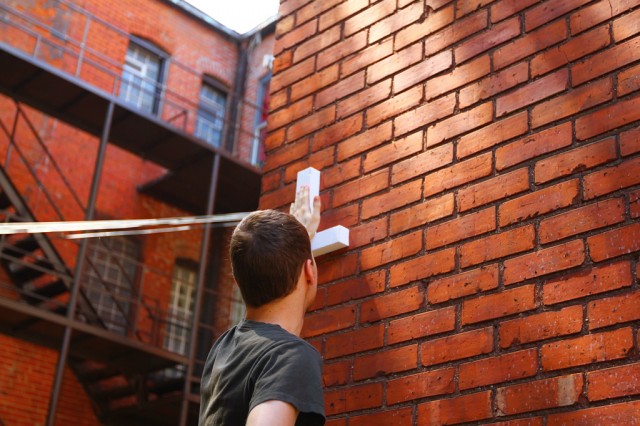
Josh places the maiden letter on the wall.
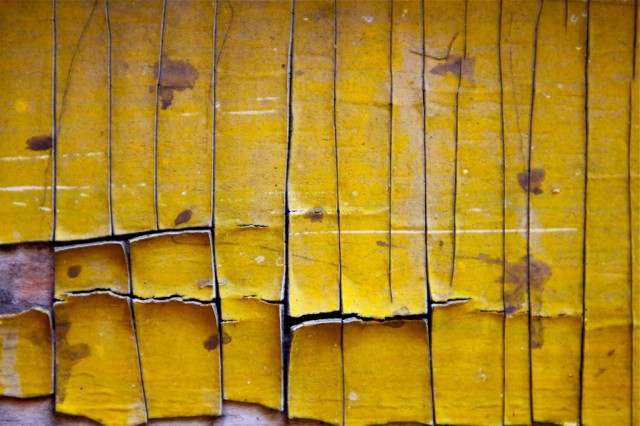
The side of our building.
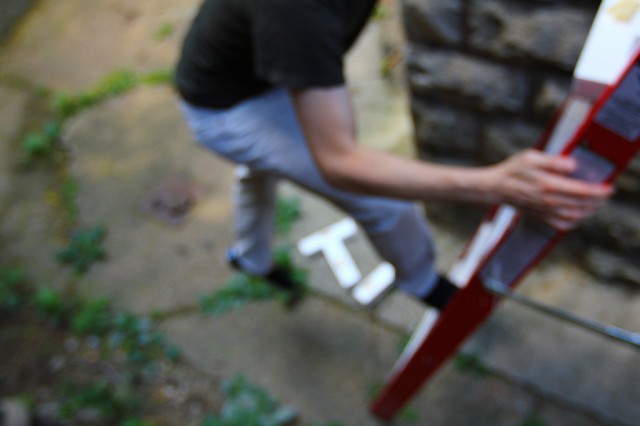
Up and down the ladder, Josh uses just his eye to line up the entire text.
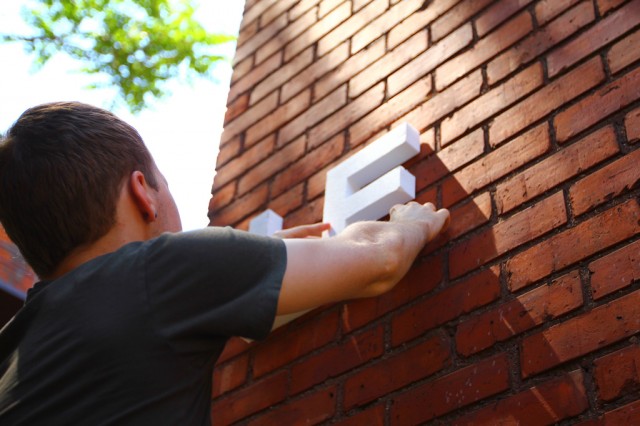
The brick pattern helped.
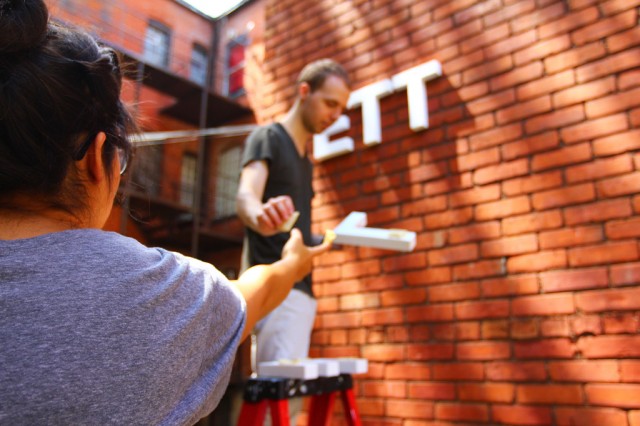
Hiba and Josh in the alley.
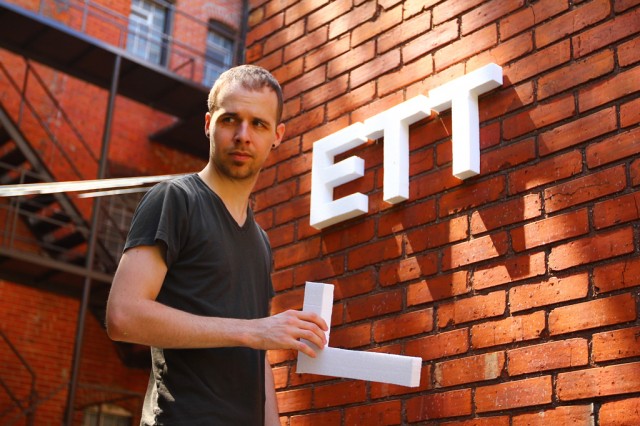
A serious man.
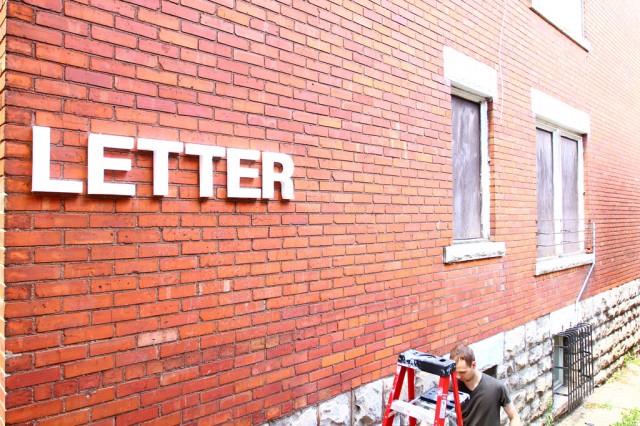
We’re still trying to decide if these letters are going to be painted white, or black, or something else entirely.
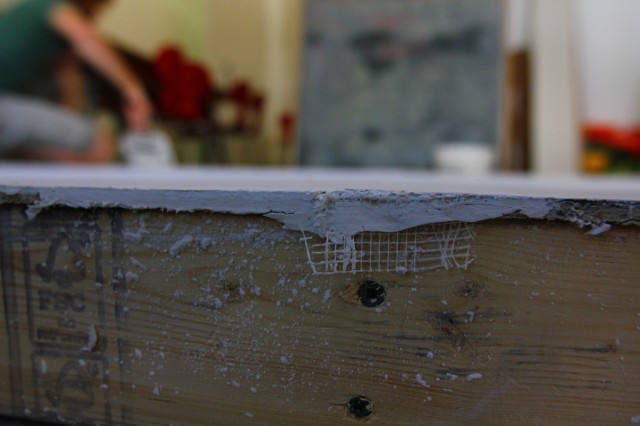
Inside, Kevin works the surface of chipboard to a super smooth finish.
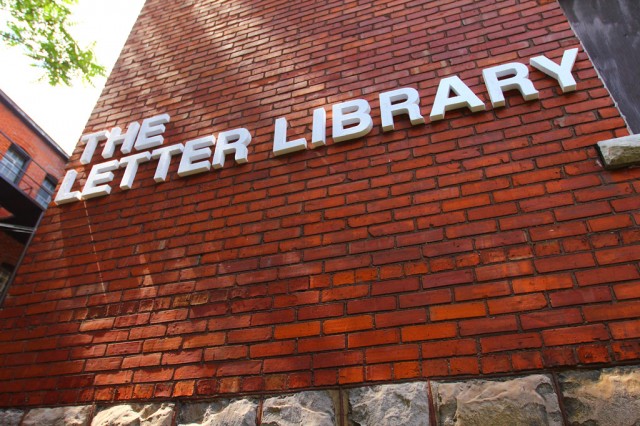
Josh’s kerning was spot on for Helvetica, but maybe a bit too loose initially for the amount of wall space we had.
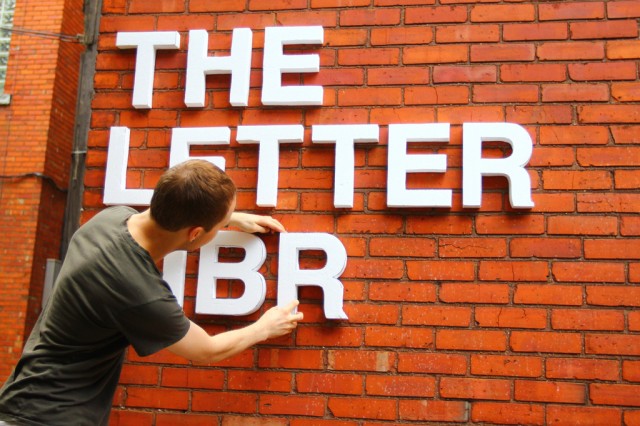
So, Josh made a lot of adjustments, but eventually got it all to fit really well.
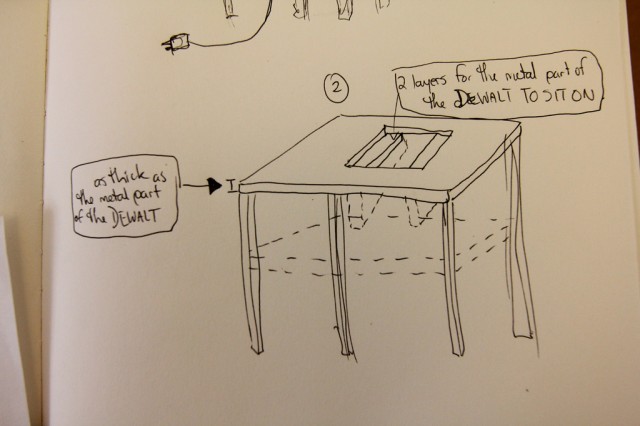
Between drywall mud layers, Kevin also mocked up this jigsaw rig. Despite our experience with jigsaws (we used them to cut out the letters for Reflect on Here), they get really heavy after a while.
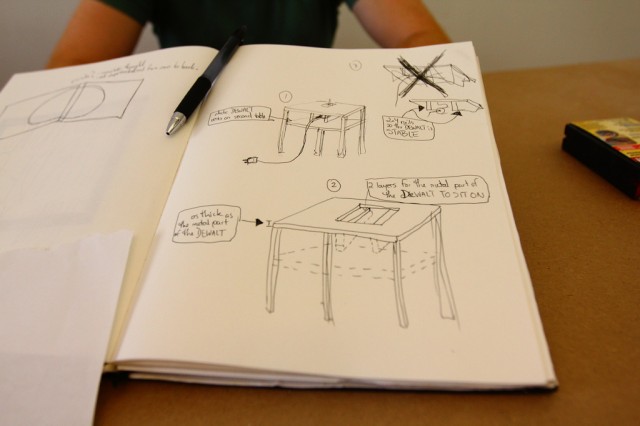
So, we had the idea to basically turn the jigsaw into a half ban saw (or something like that). Kevin went to work on it.
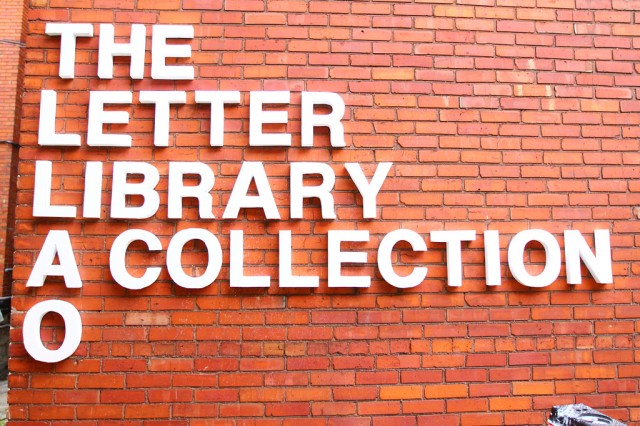
Outside, Josh continues the install.
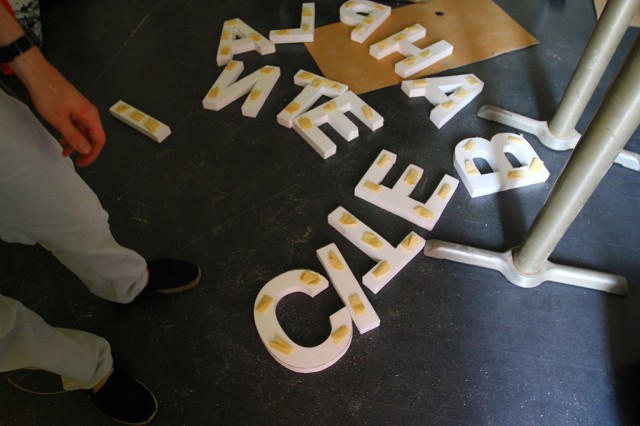
The letters remaining.
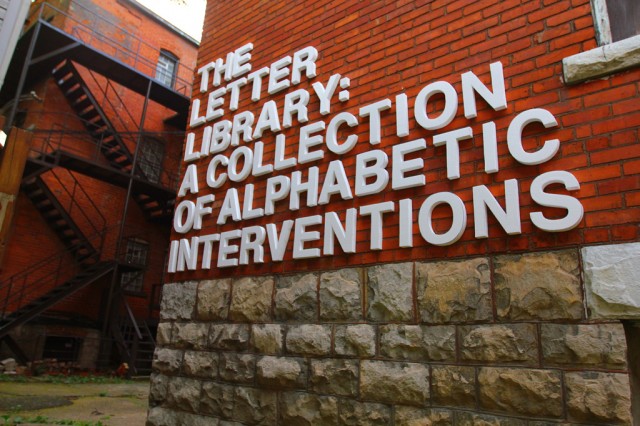
And finally, it’s done. We can’t wait to see how people use these letters to caption different parts of the city.
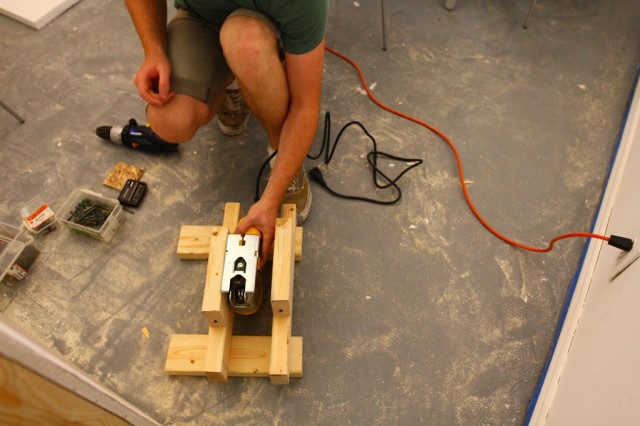
Kevin’s work on the jigsaw rig …
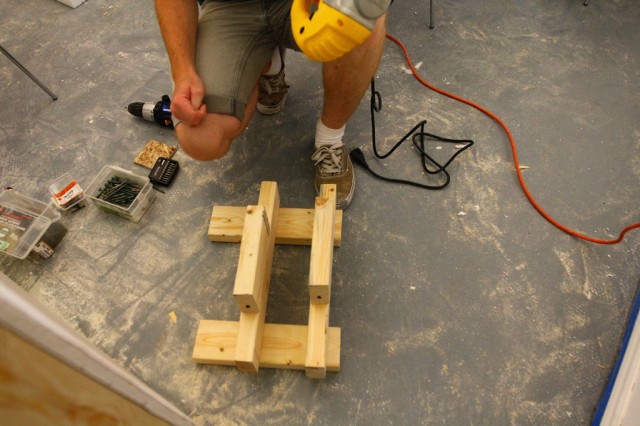
Crude, but it does the job. He finished the rig later on Friday night and it’s now waiting for us to start cutting styrofoam without breaking our wrists. We have to cut about 40 letters a day to hit our target.
We’re at the space from about 11am to 4pm everyday. If you’re in the neighbourhood, stop by. We’re also going to have a painting party to get these letters finished for next Thursday — interested? Let us know.
